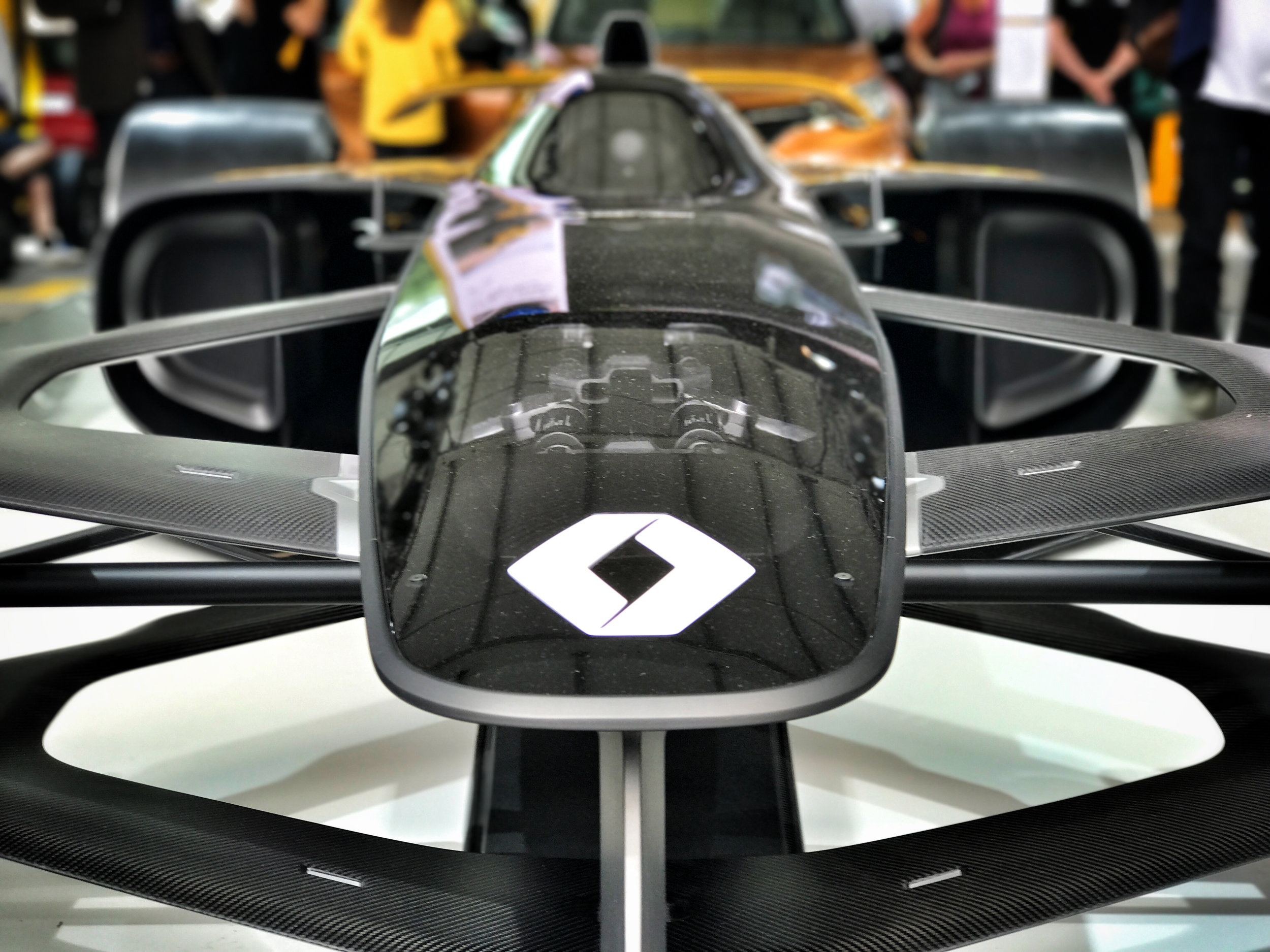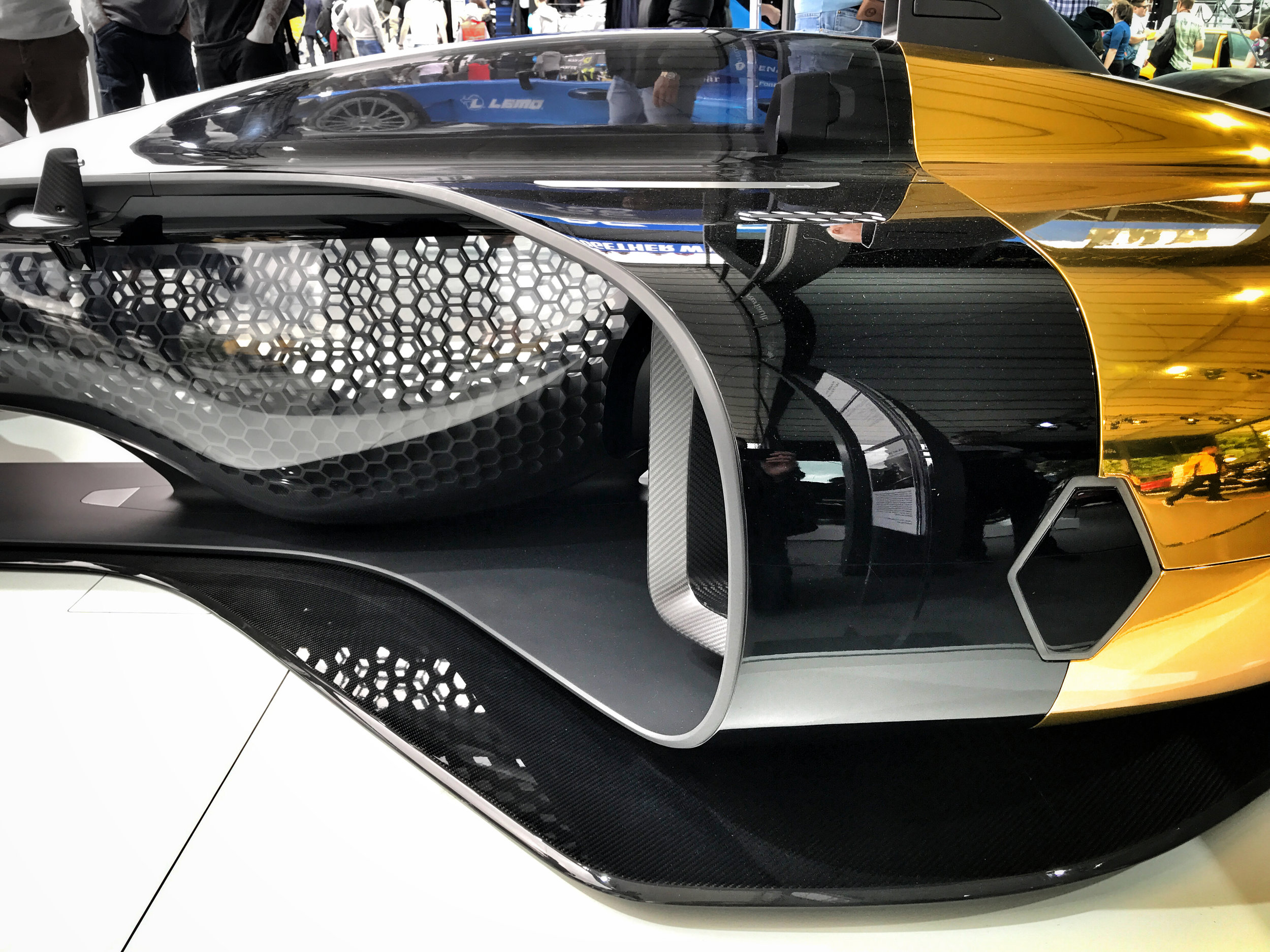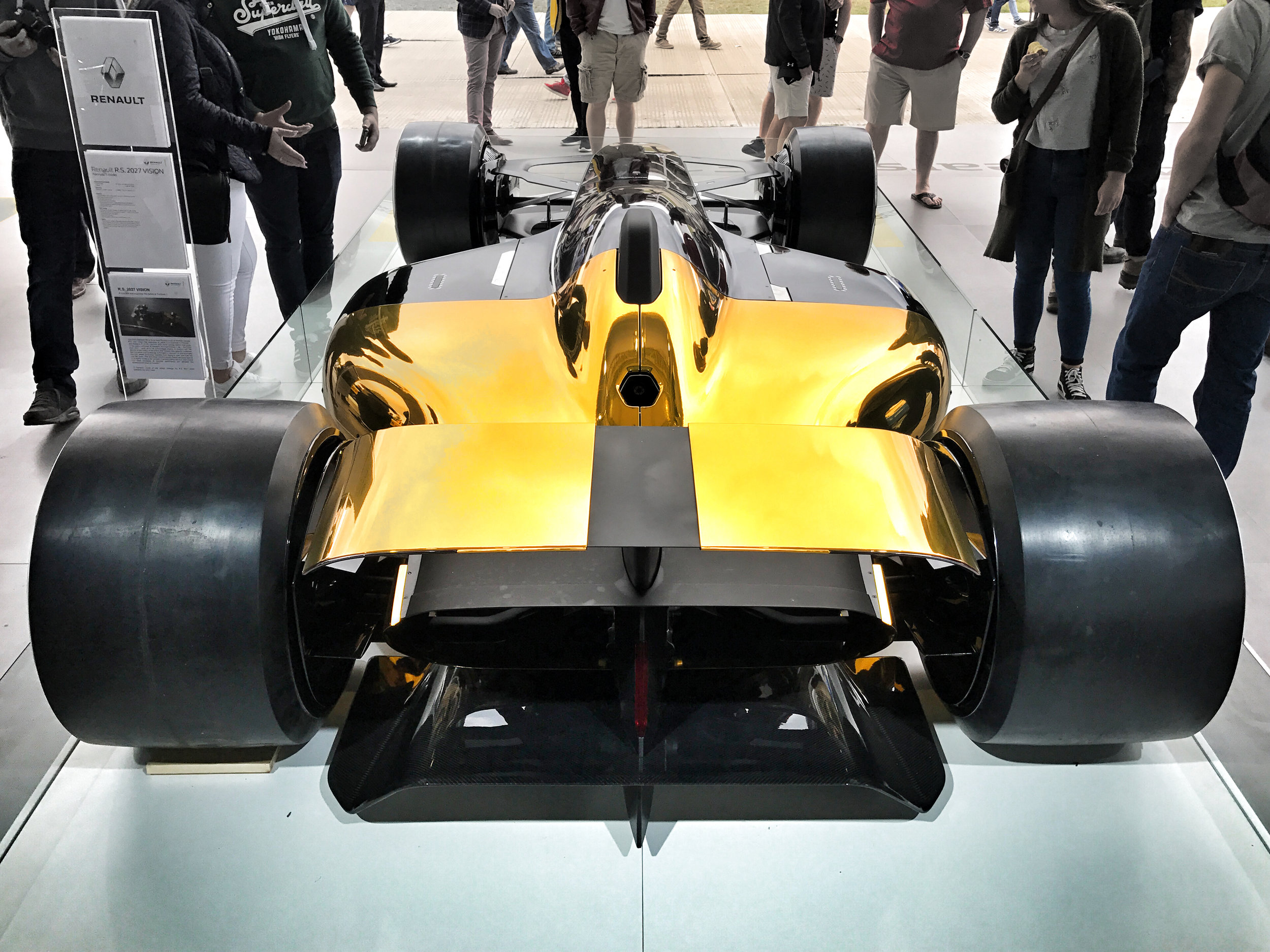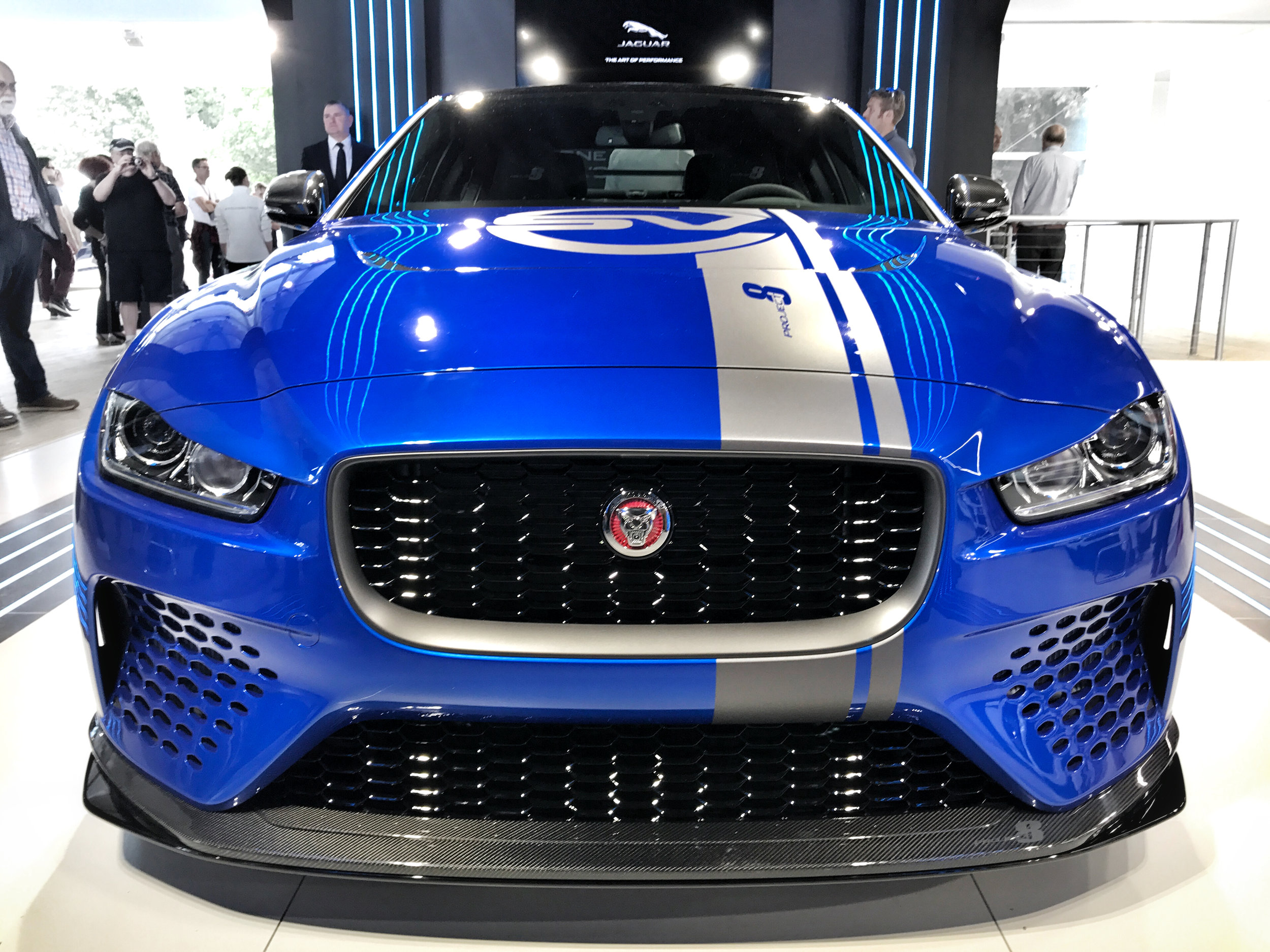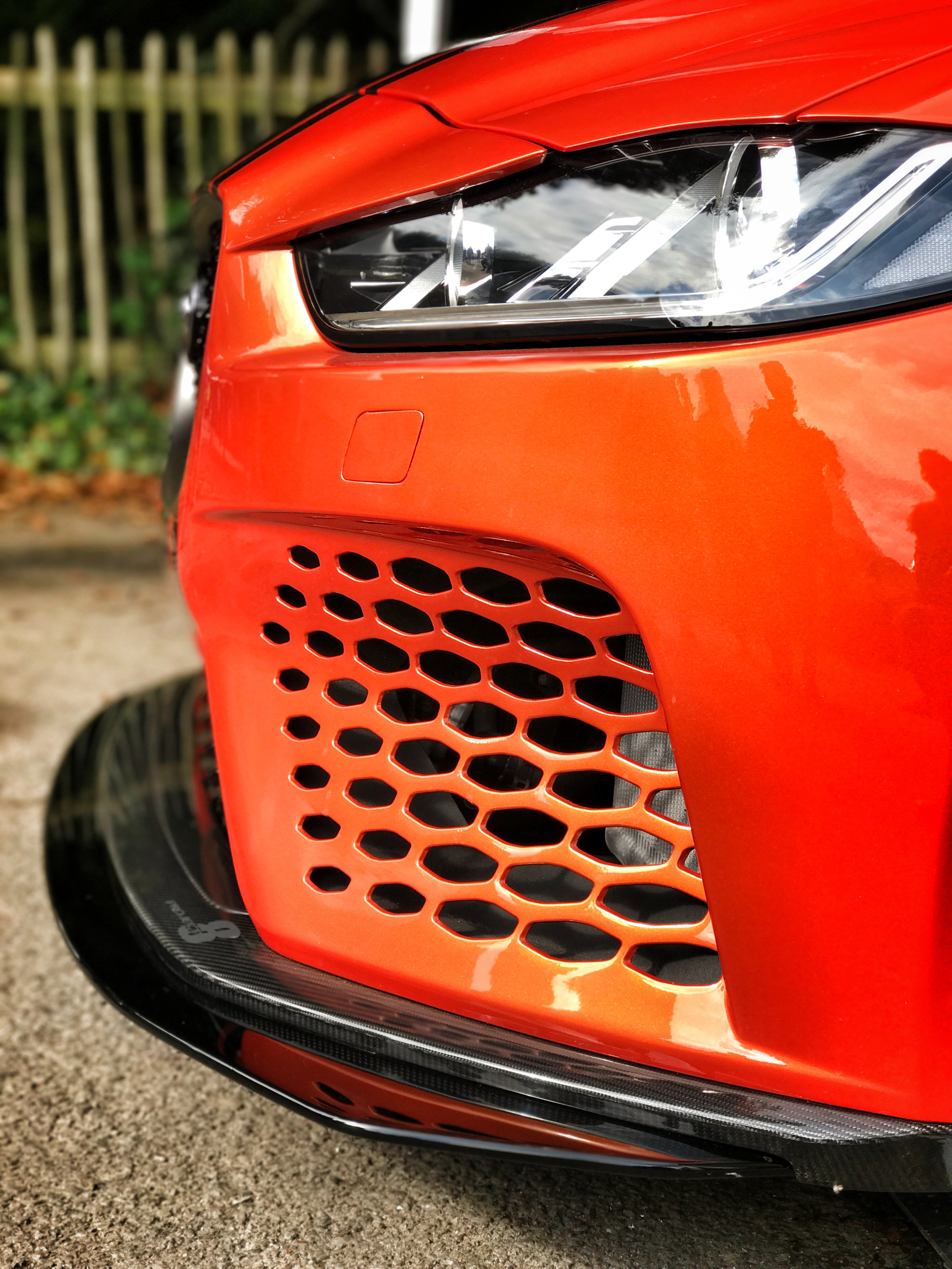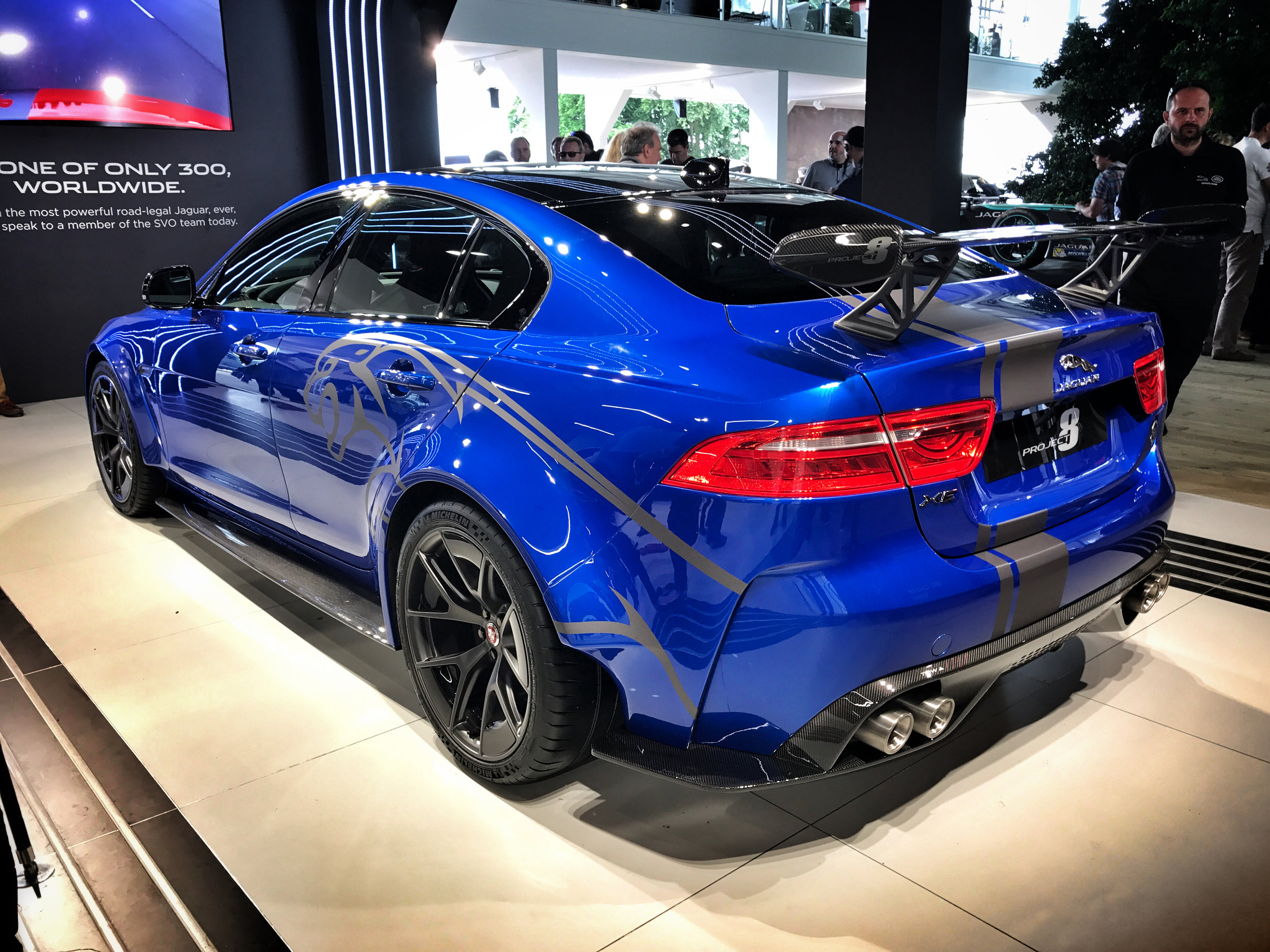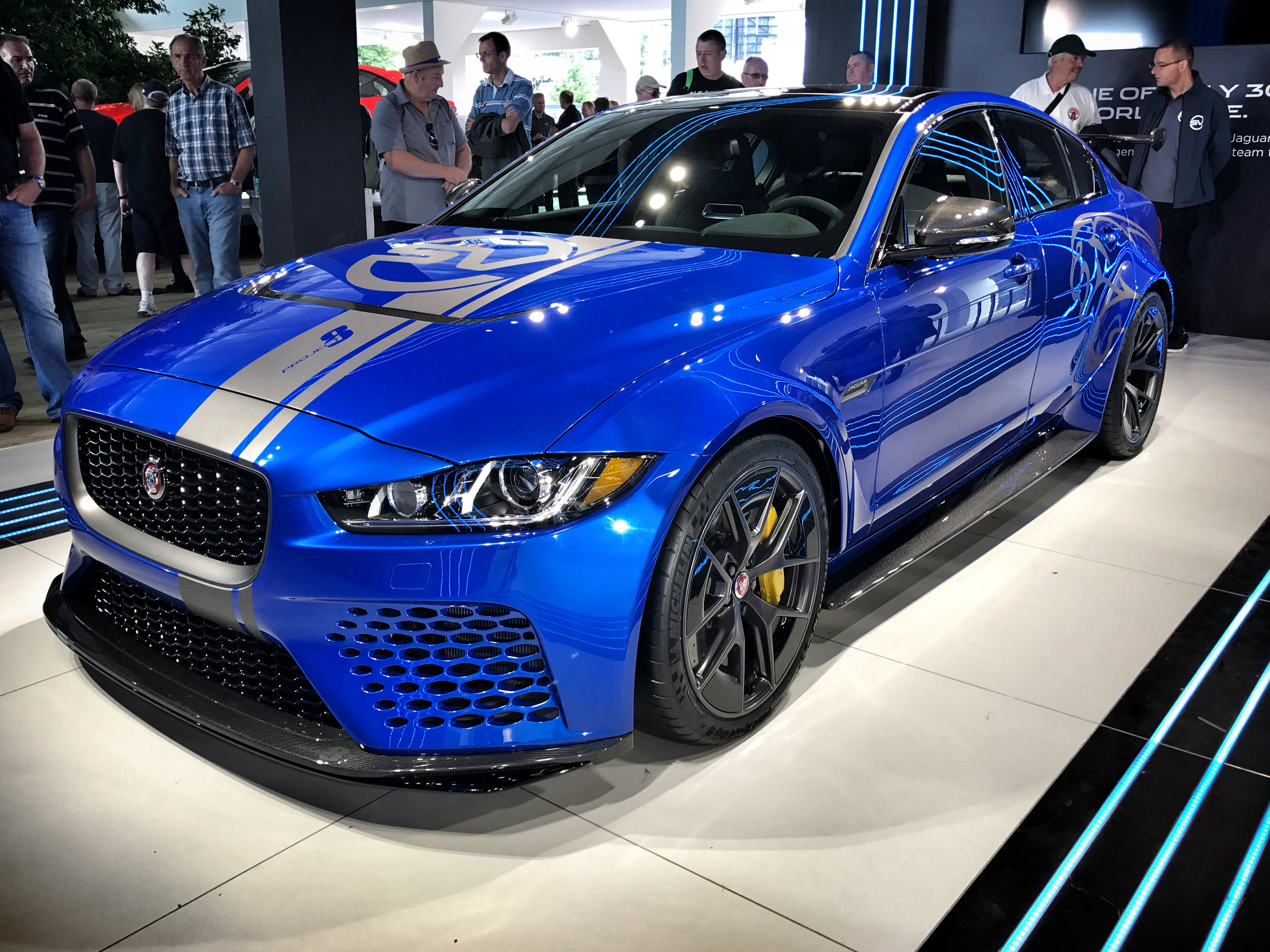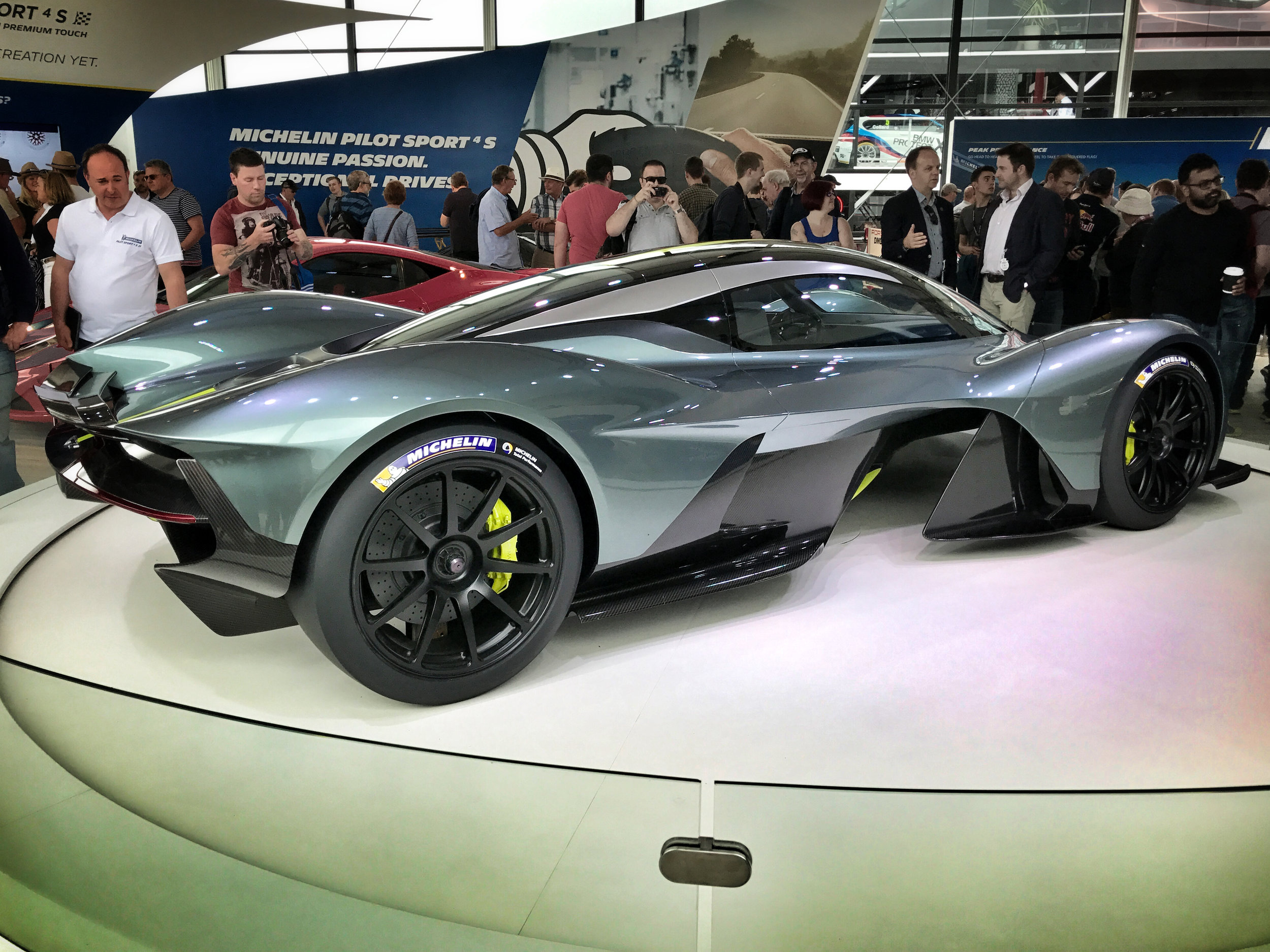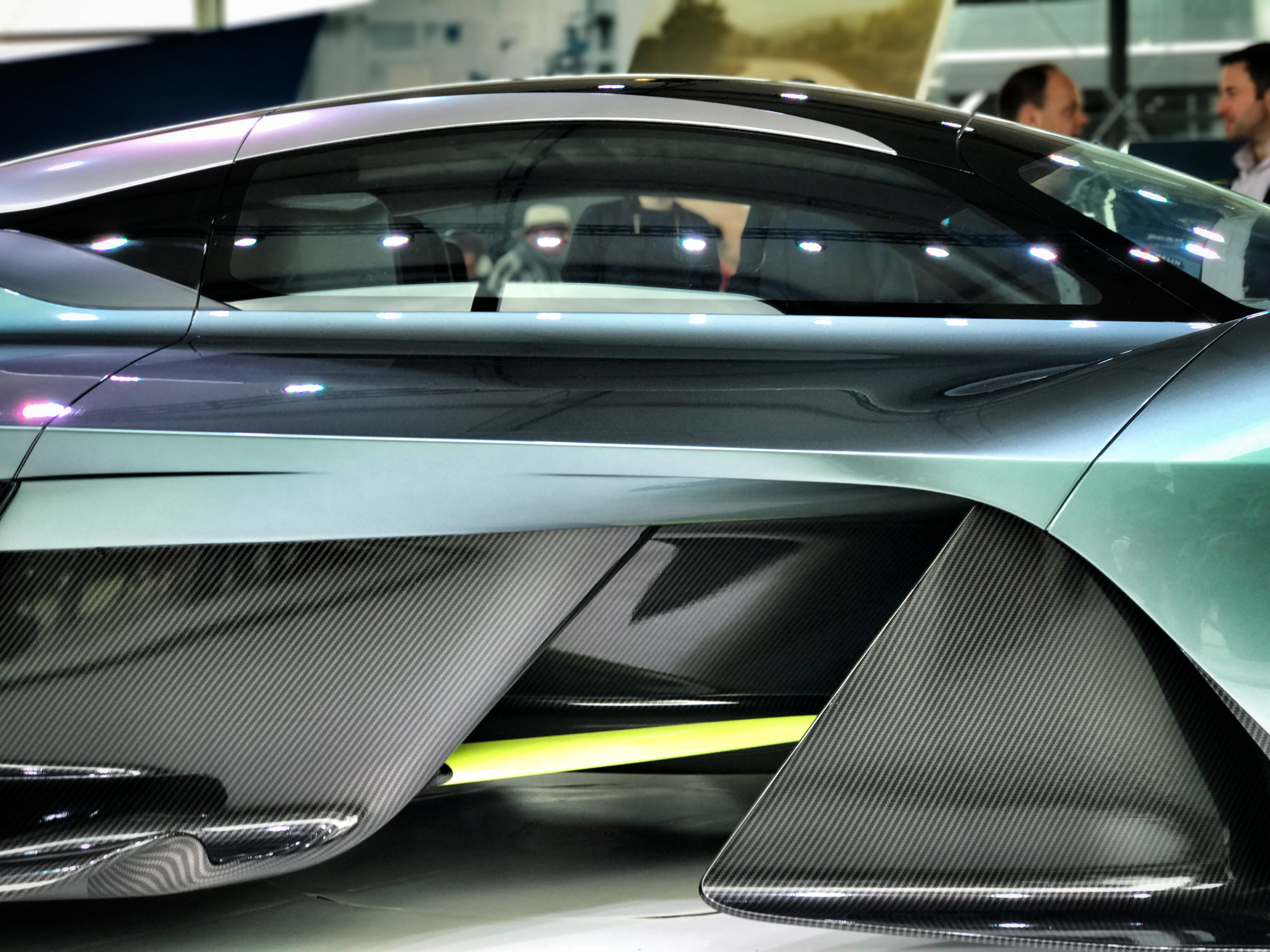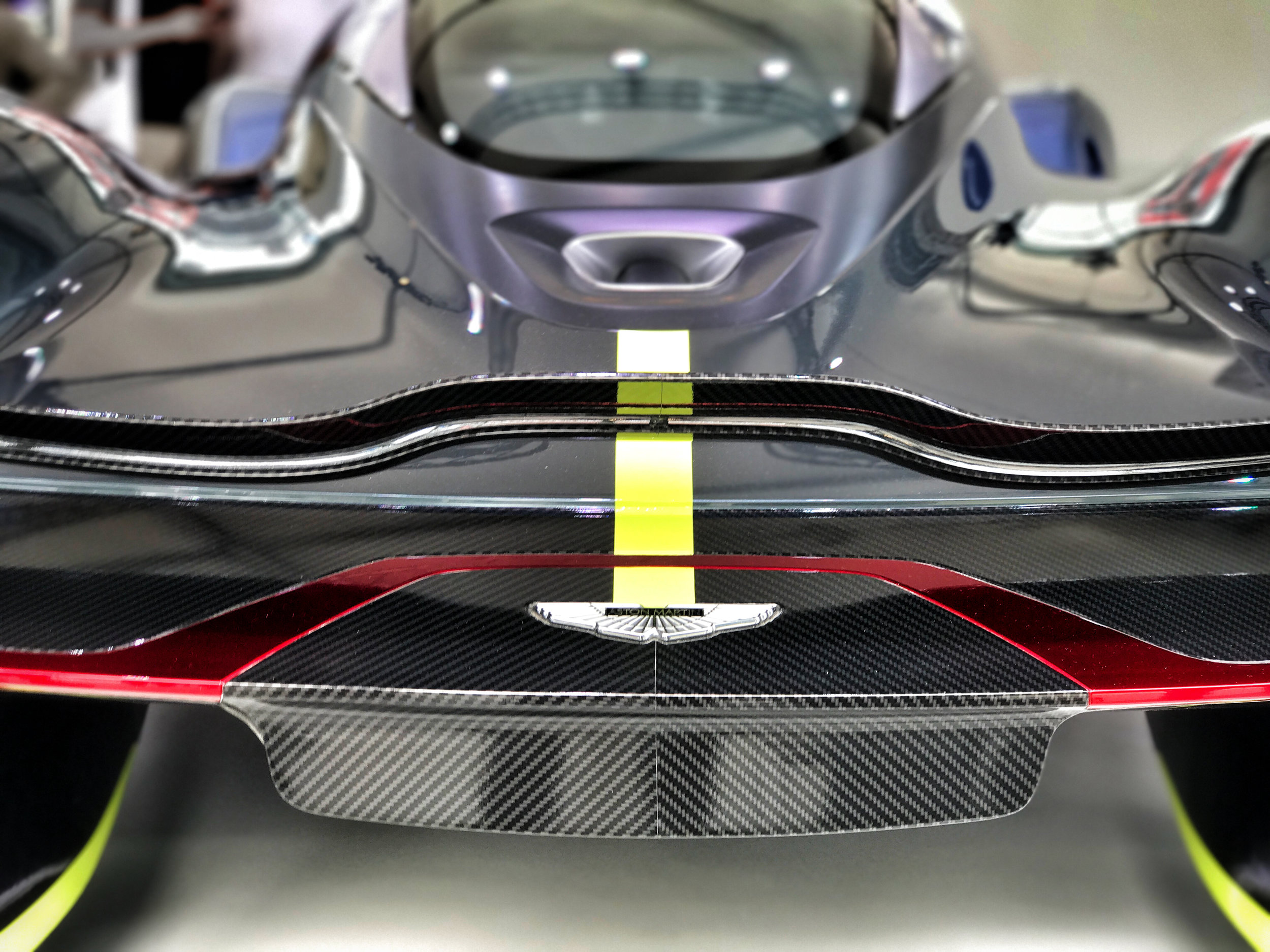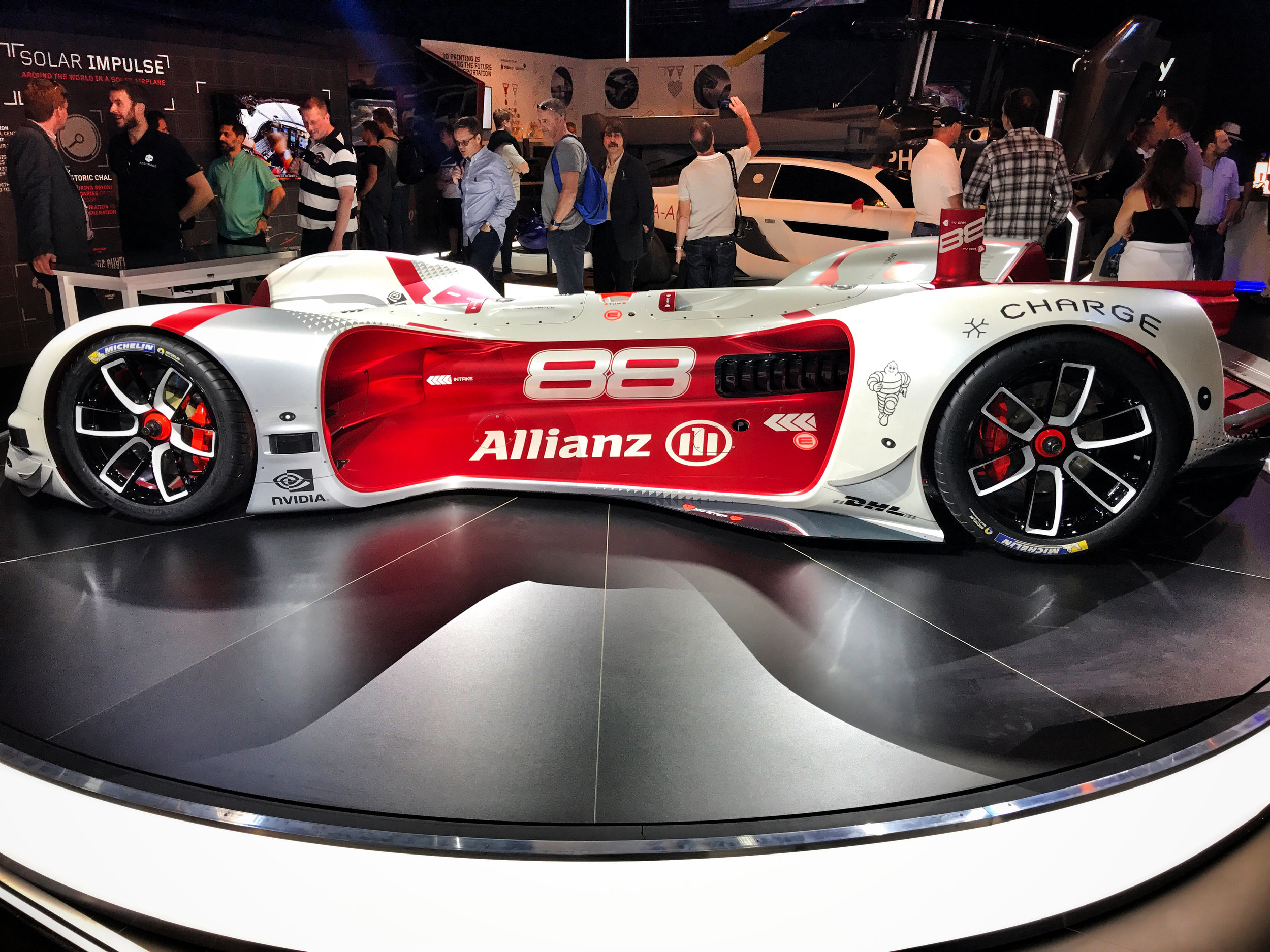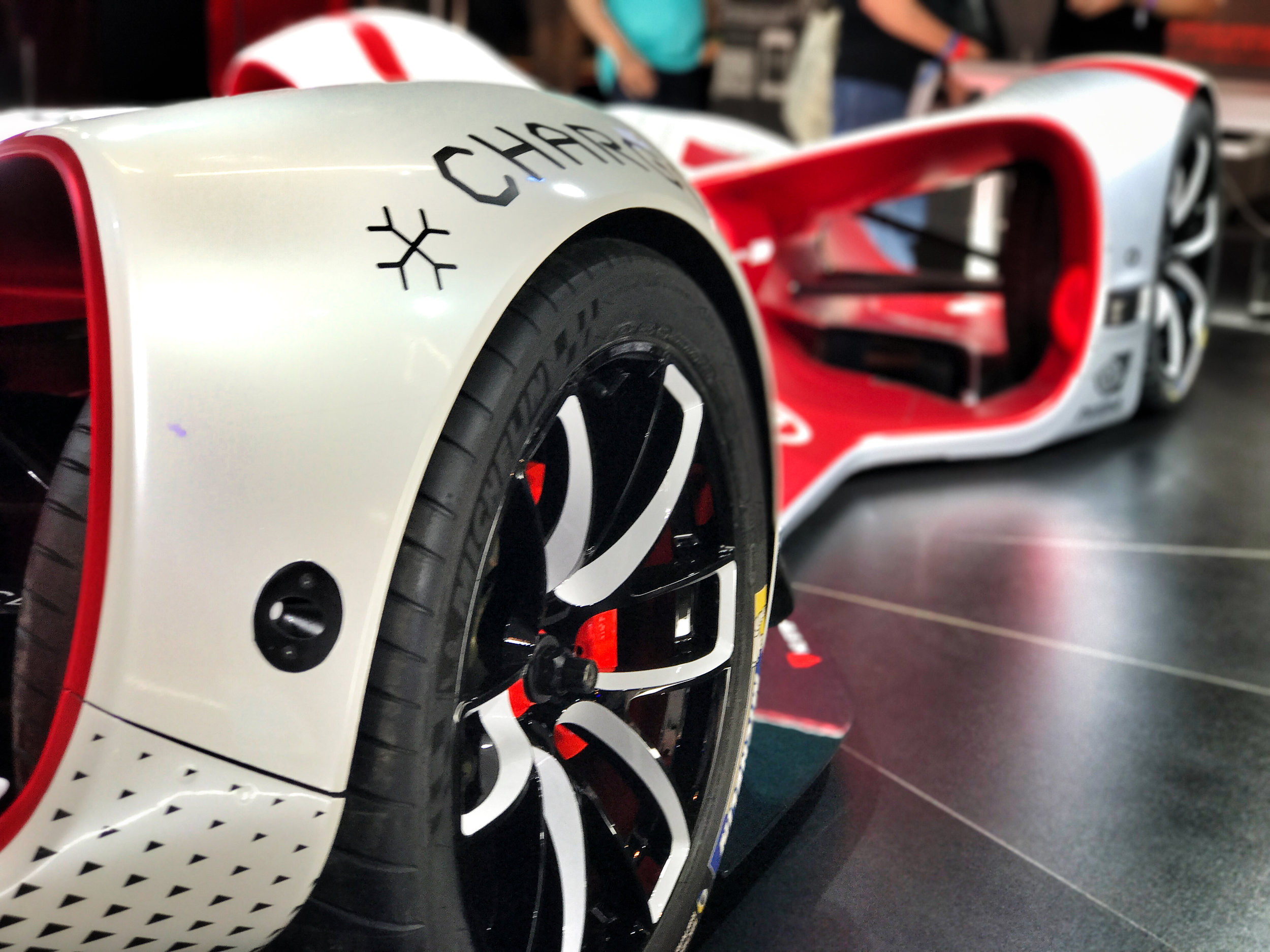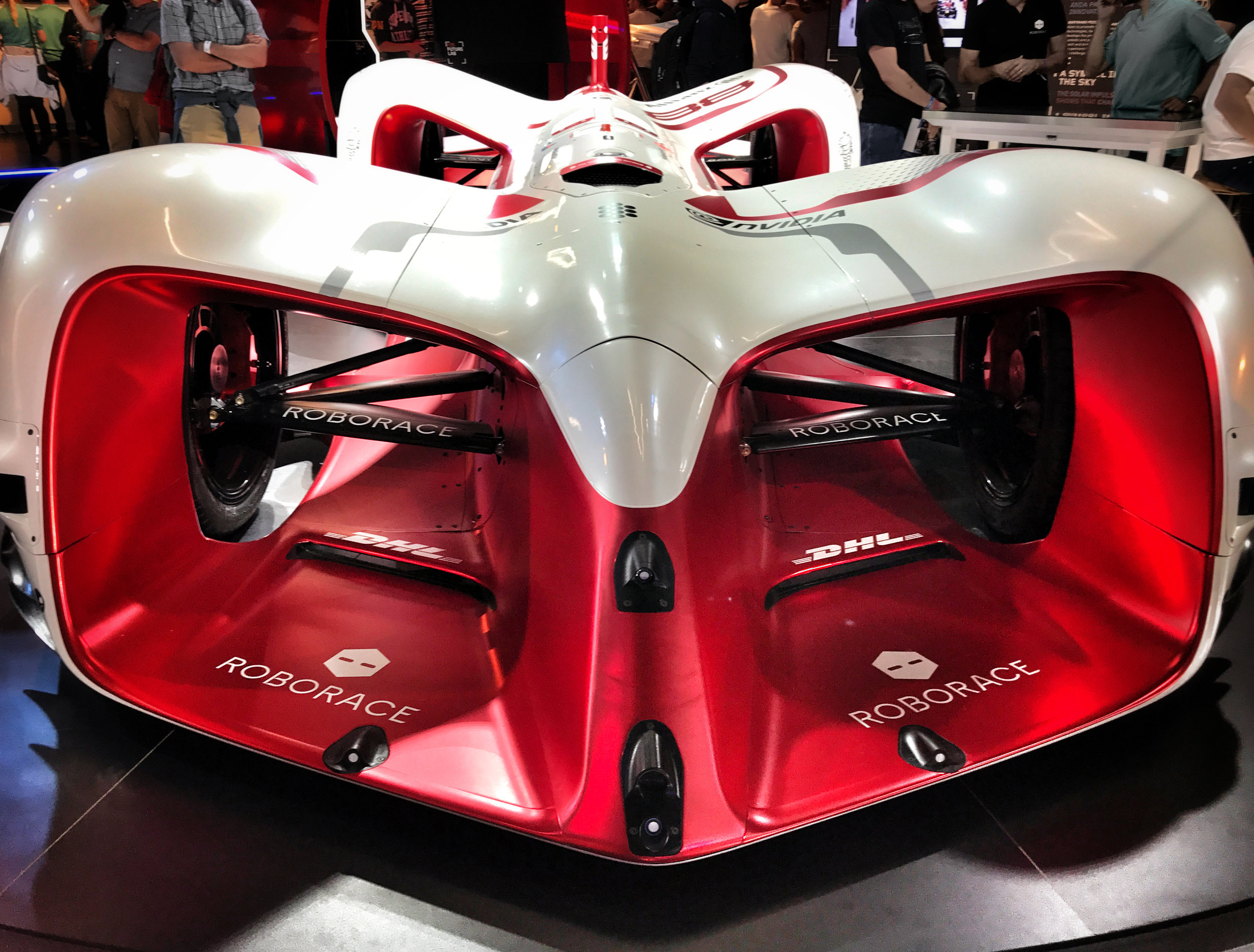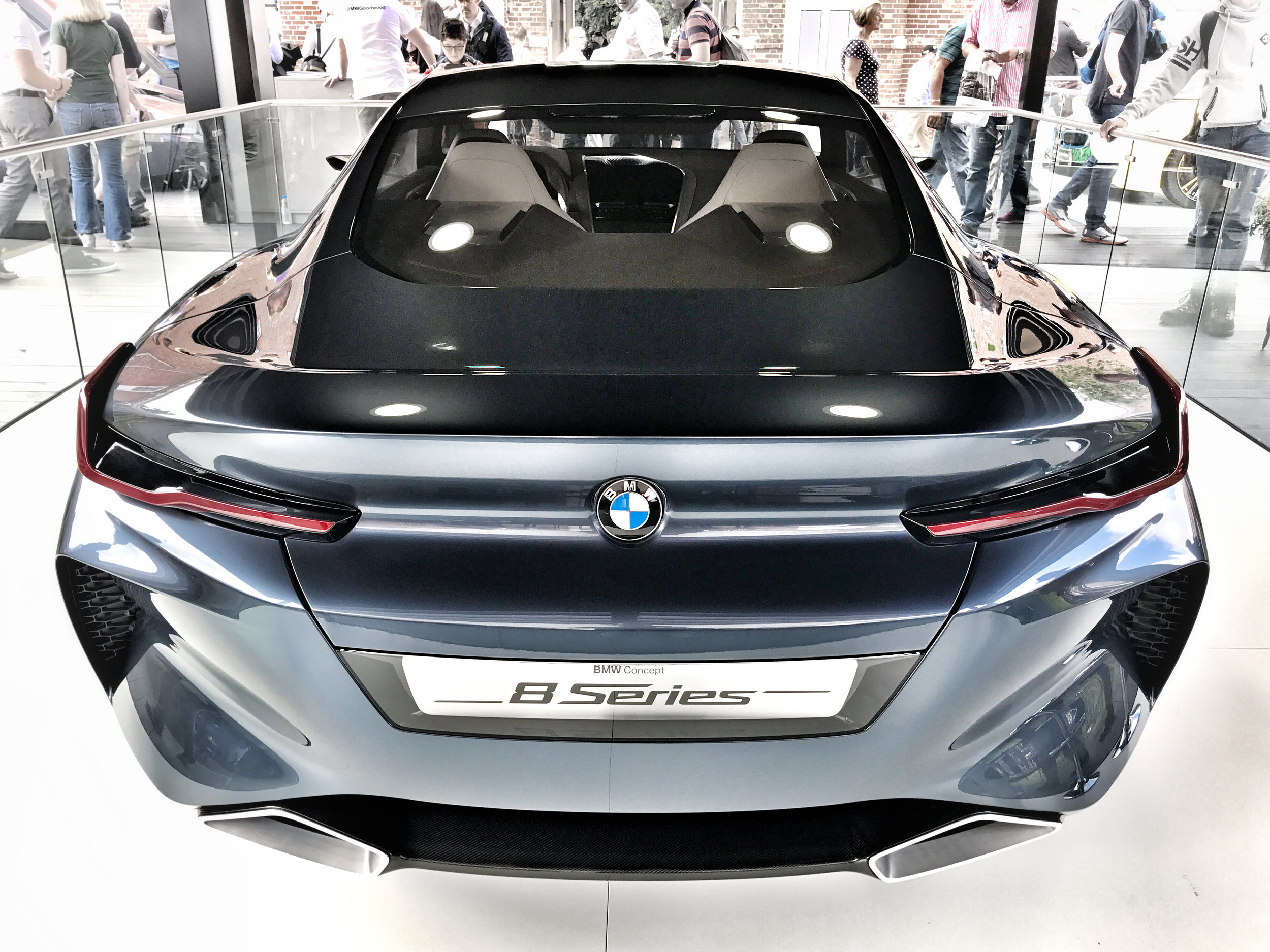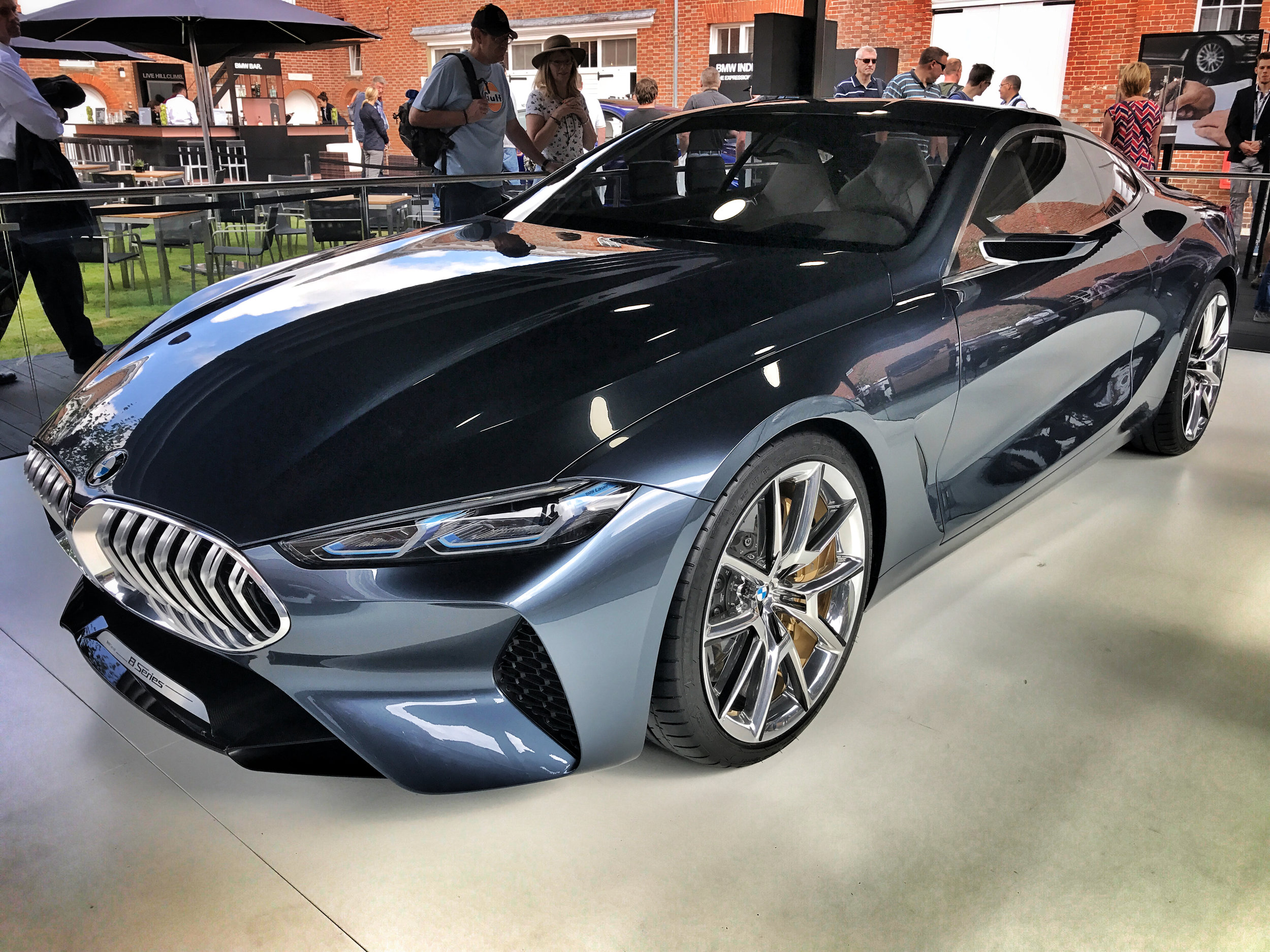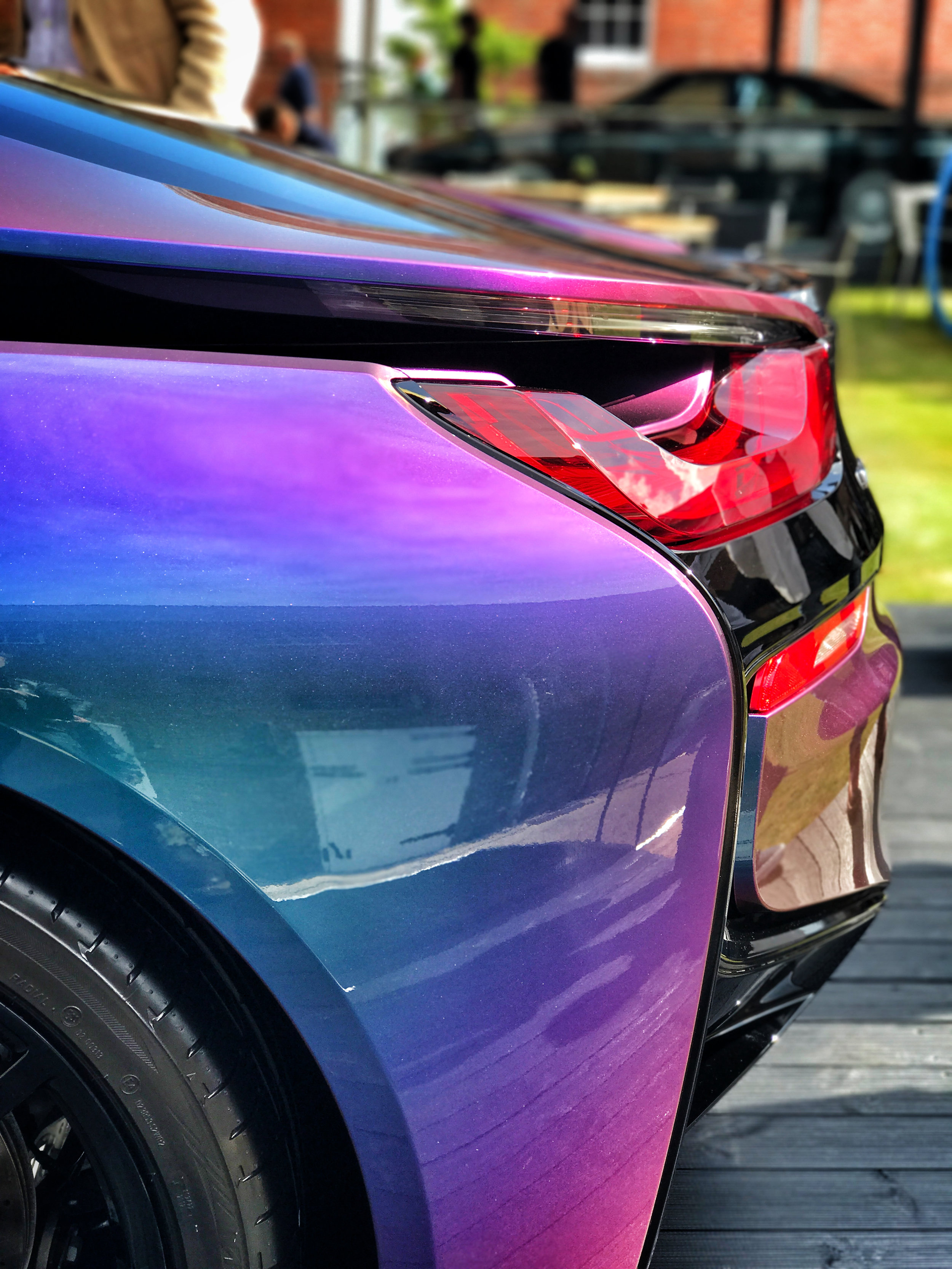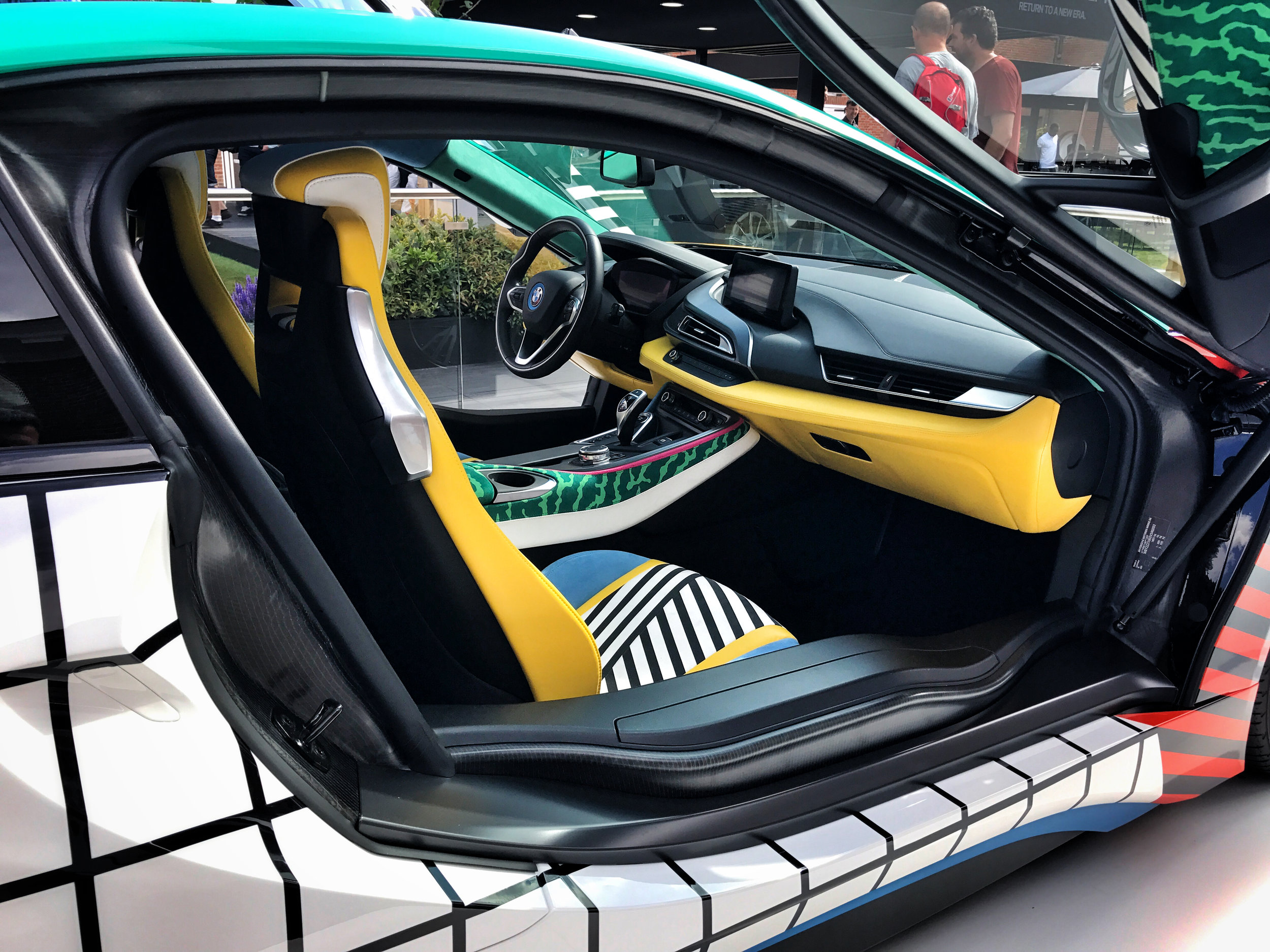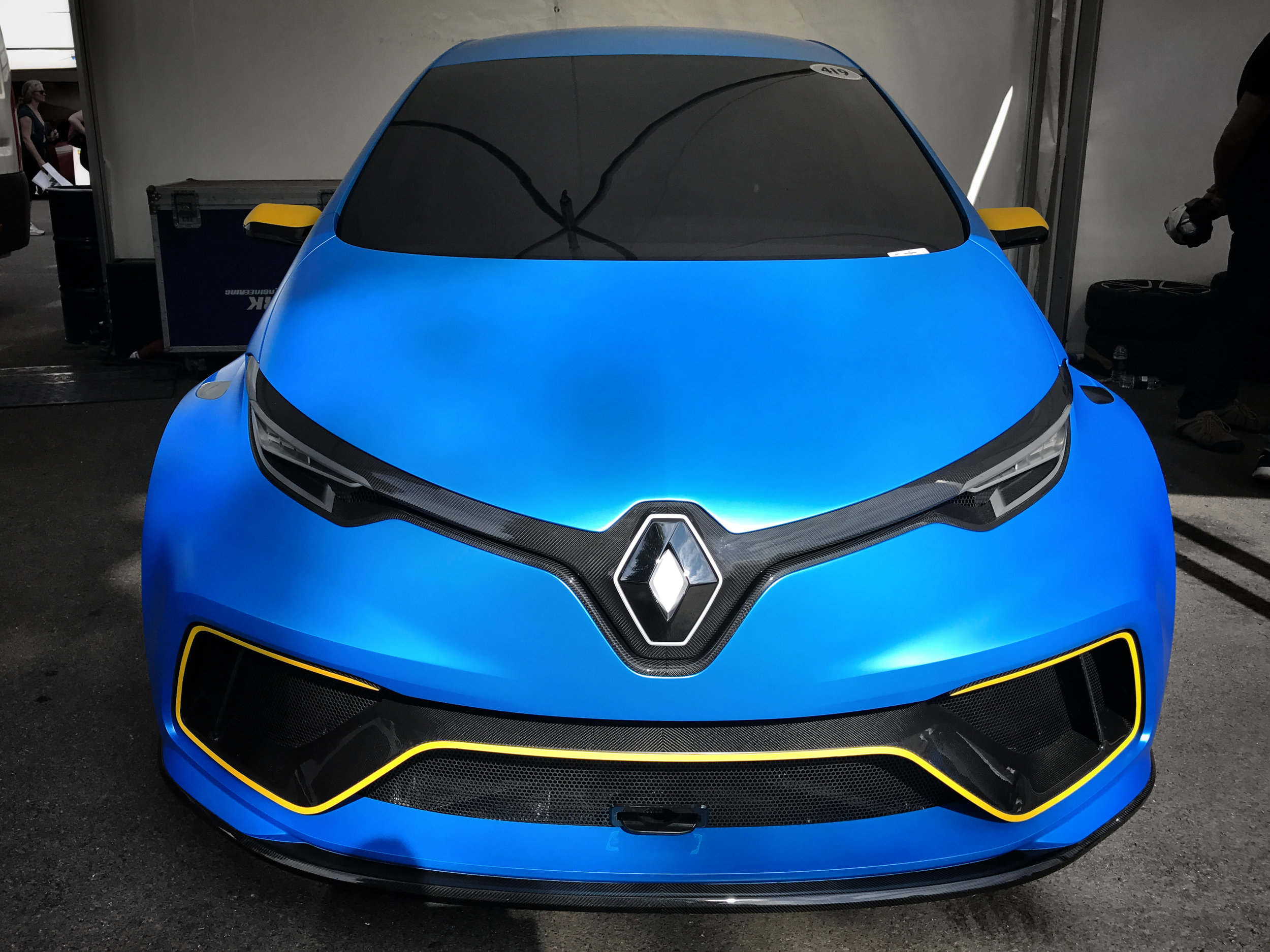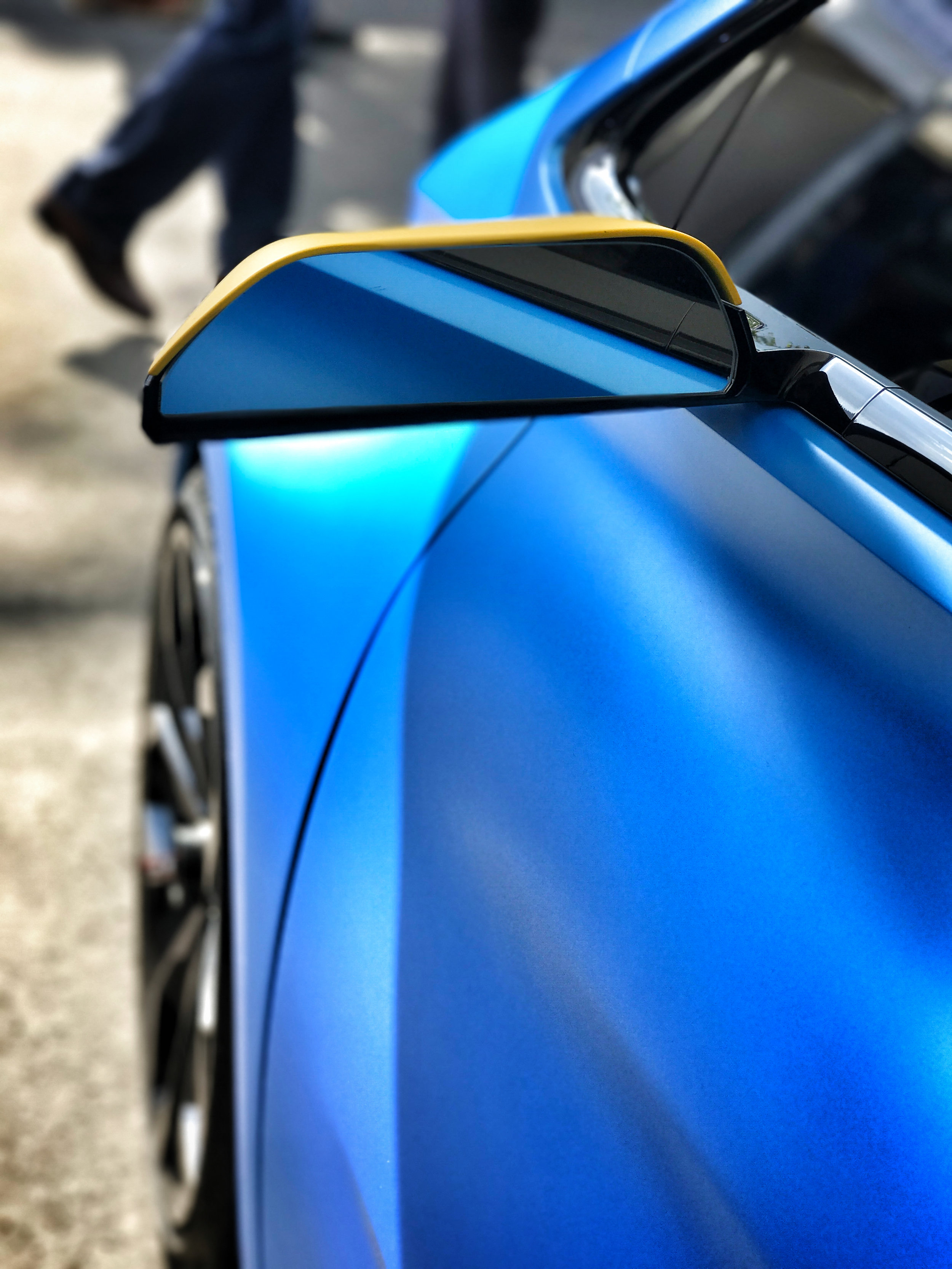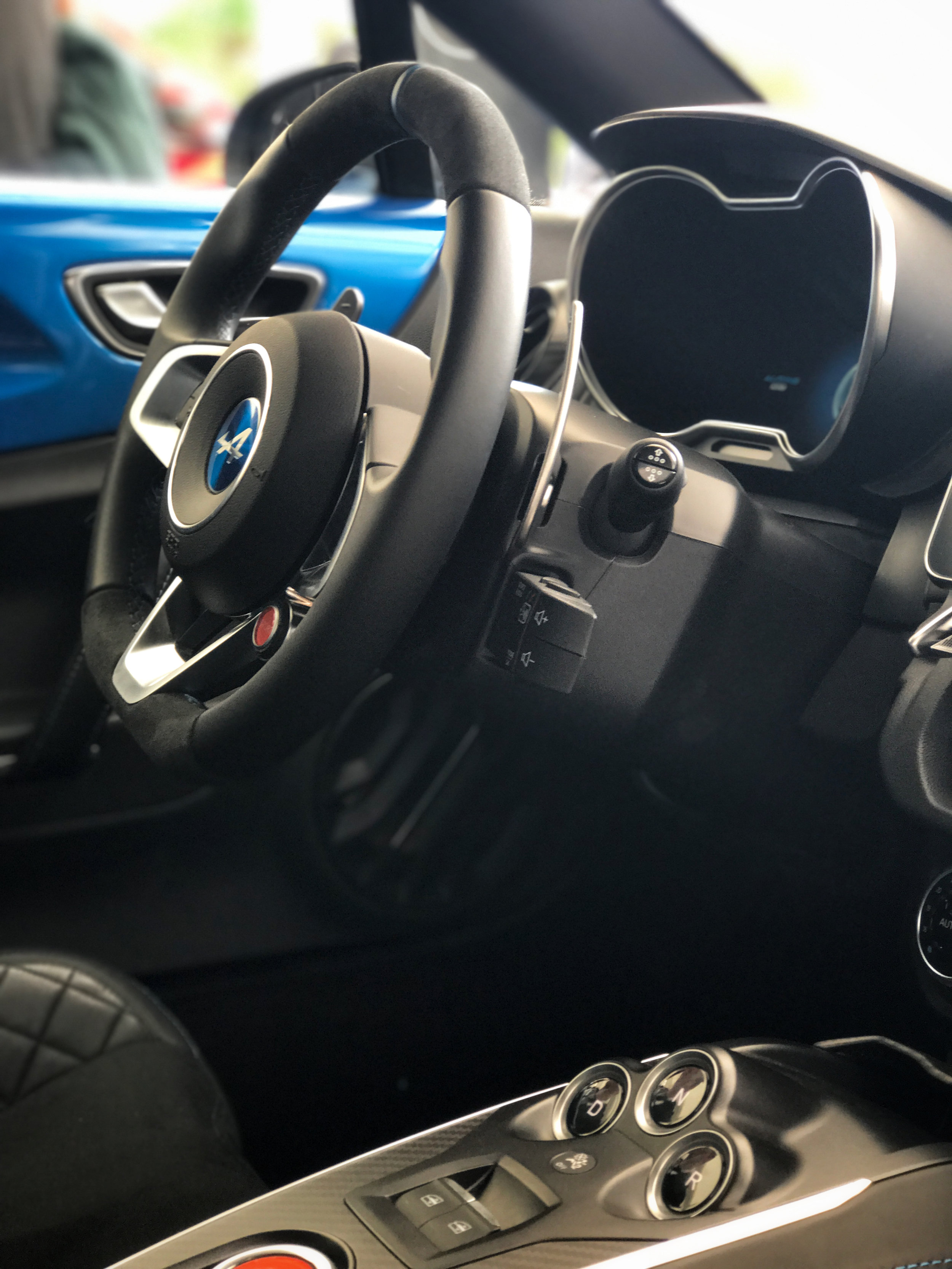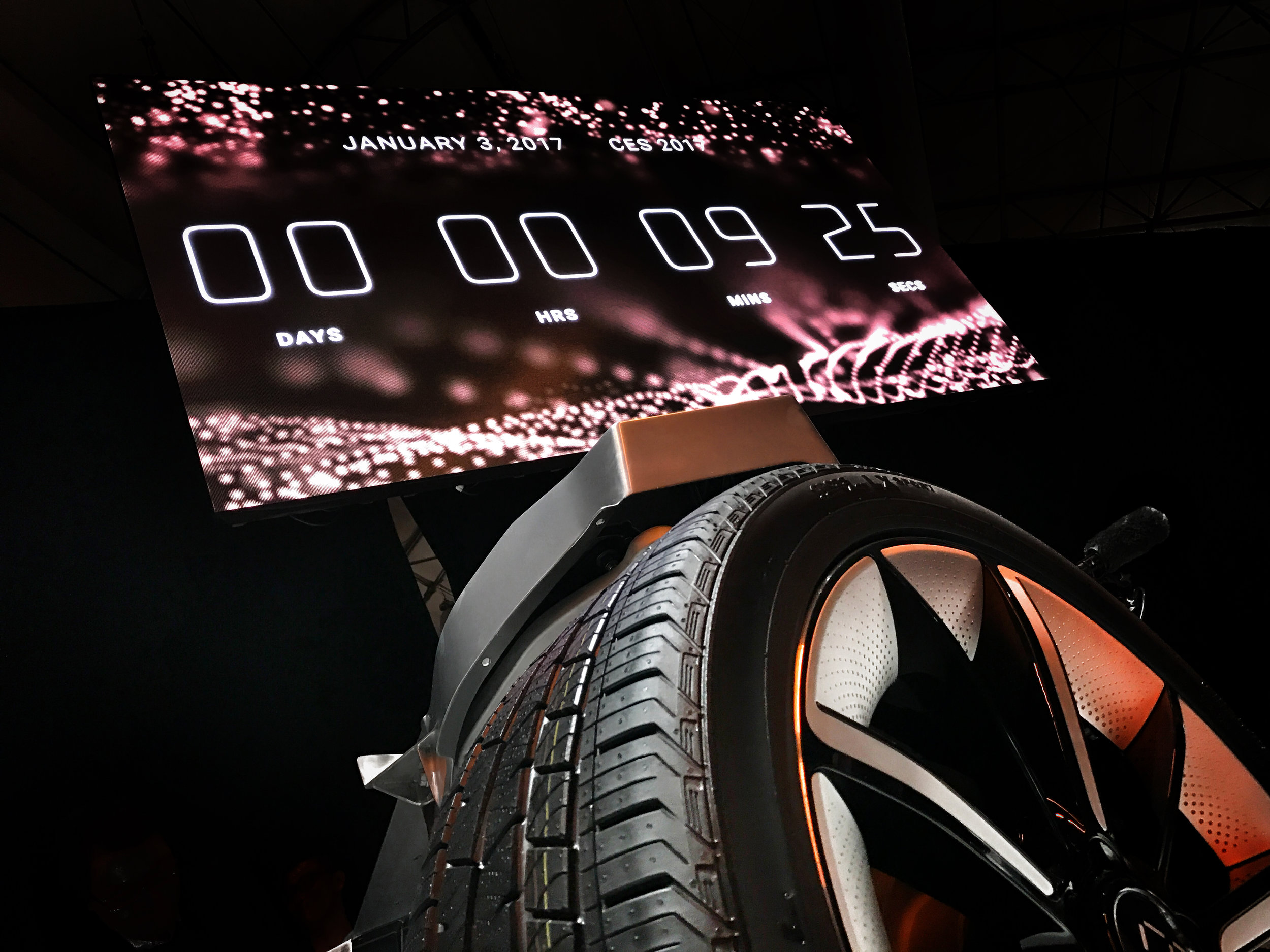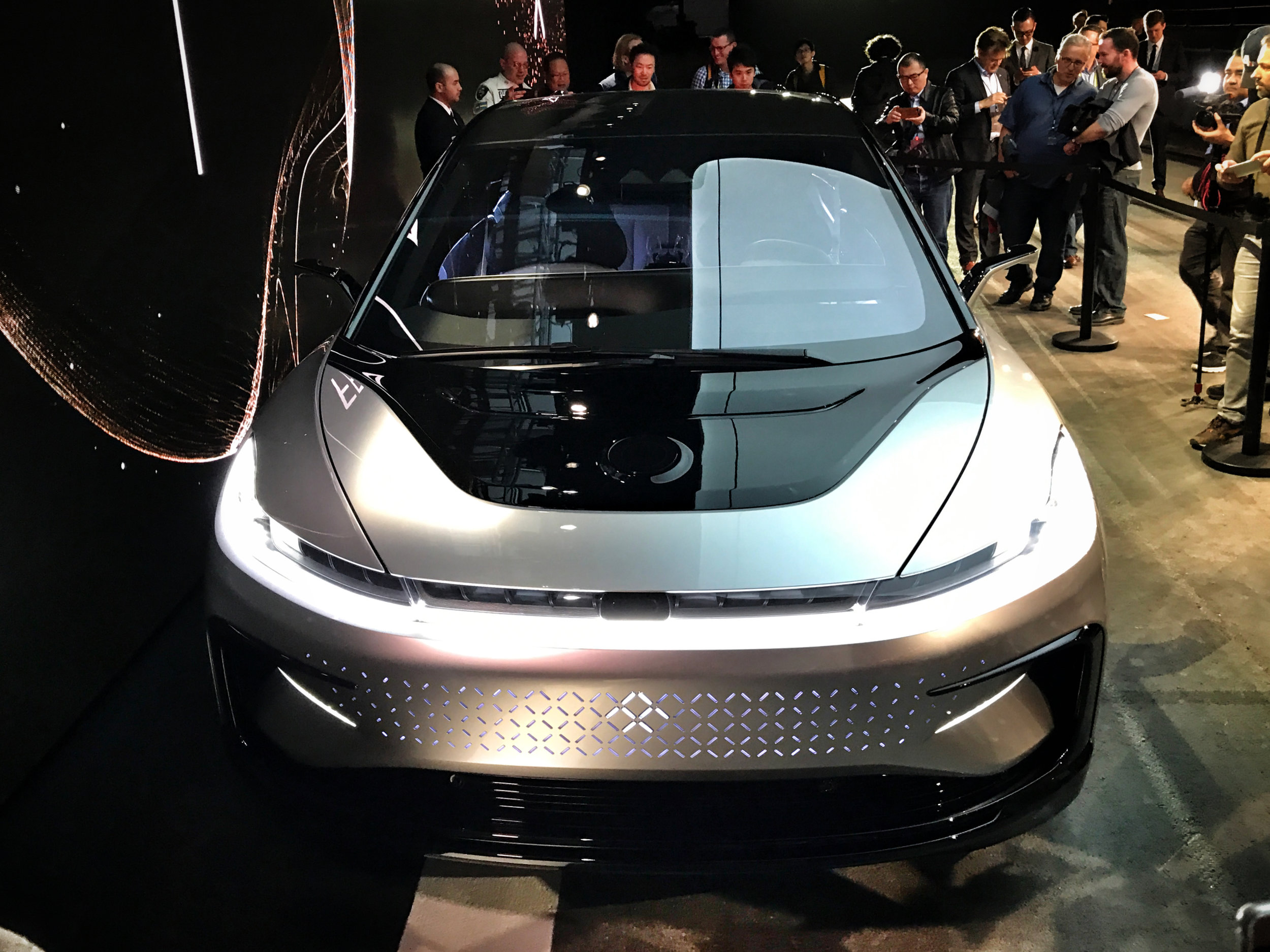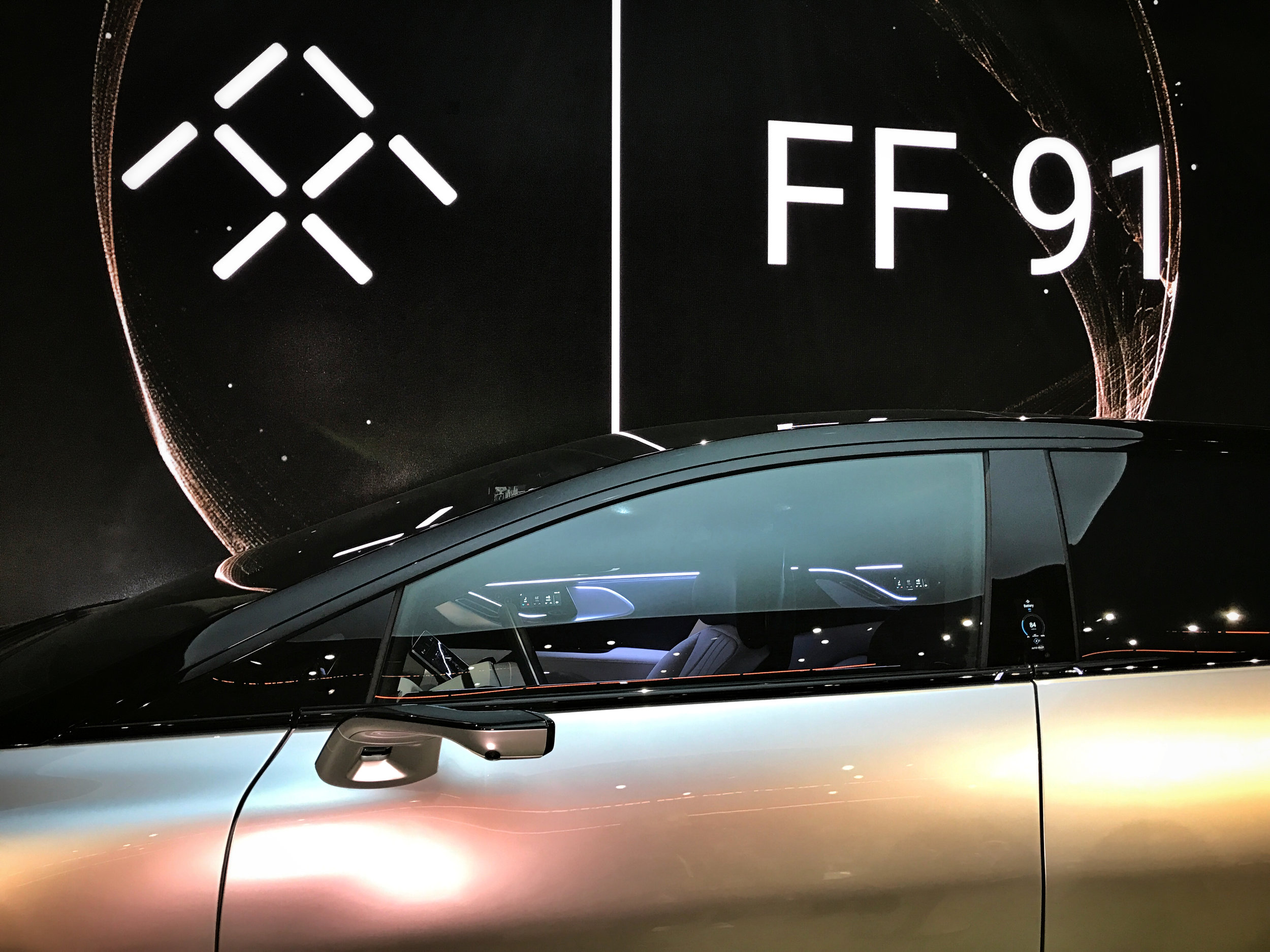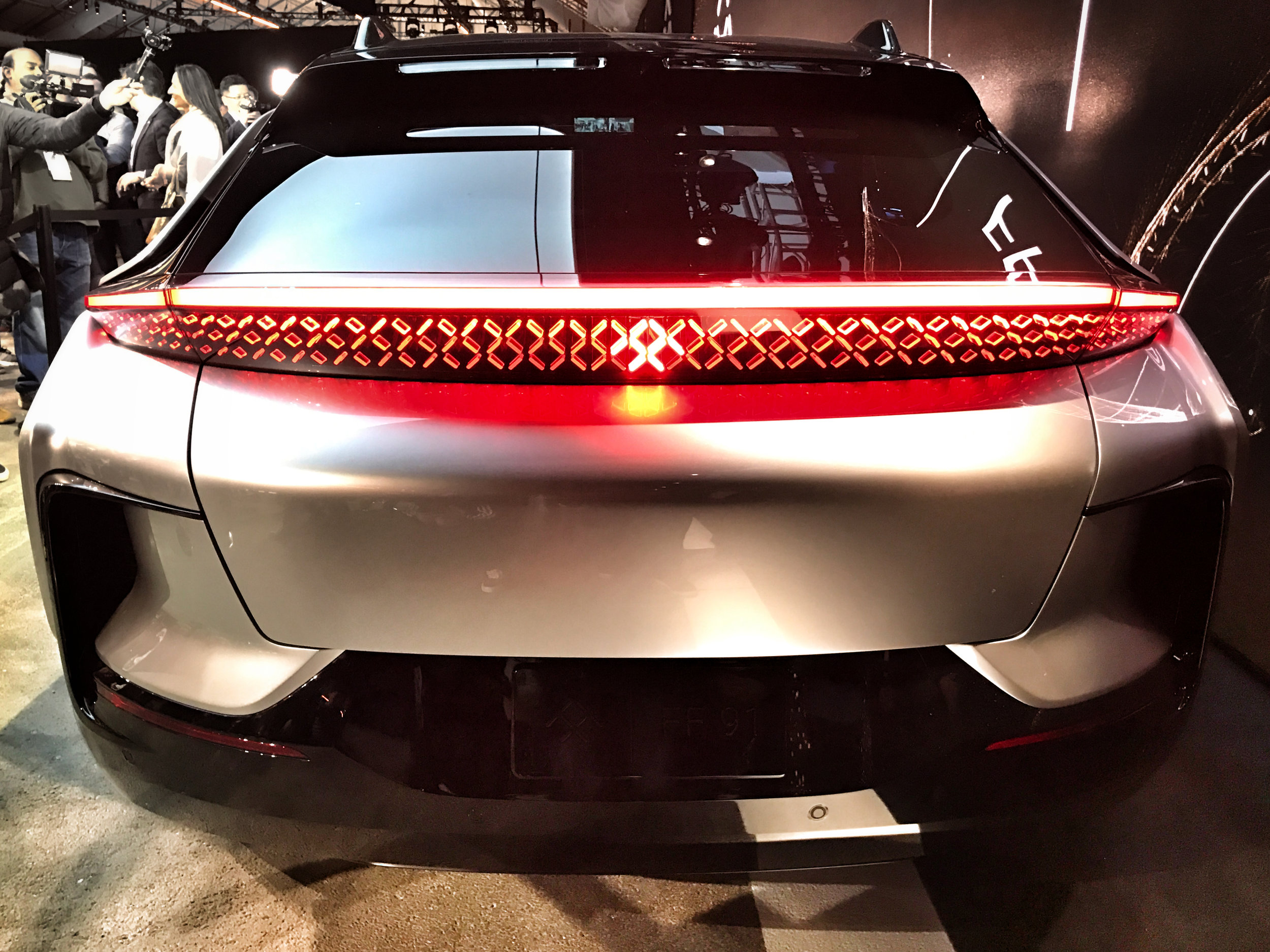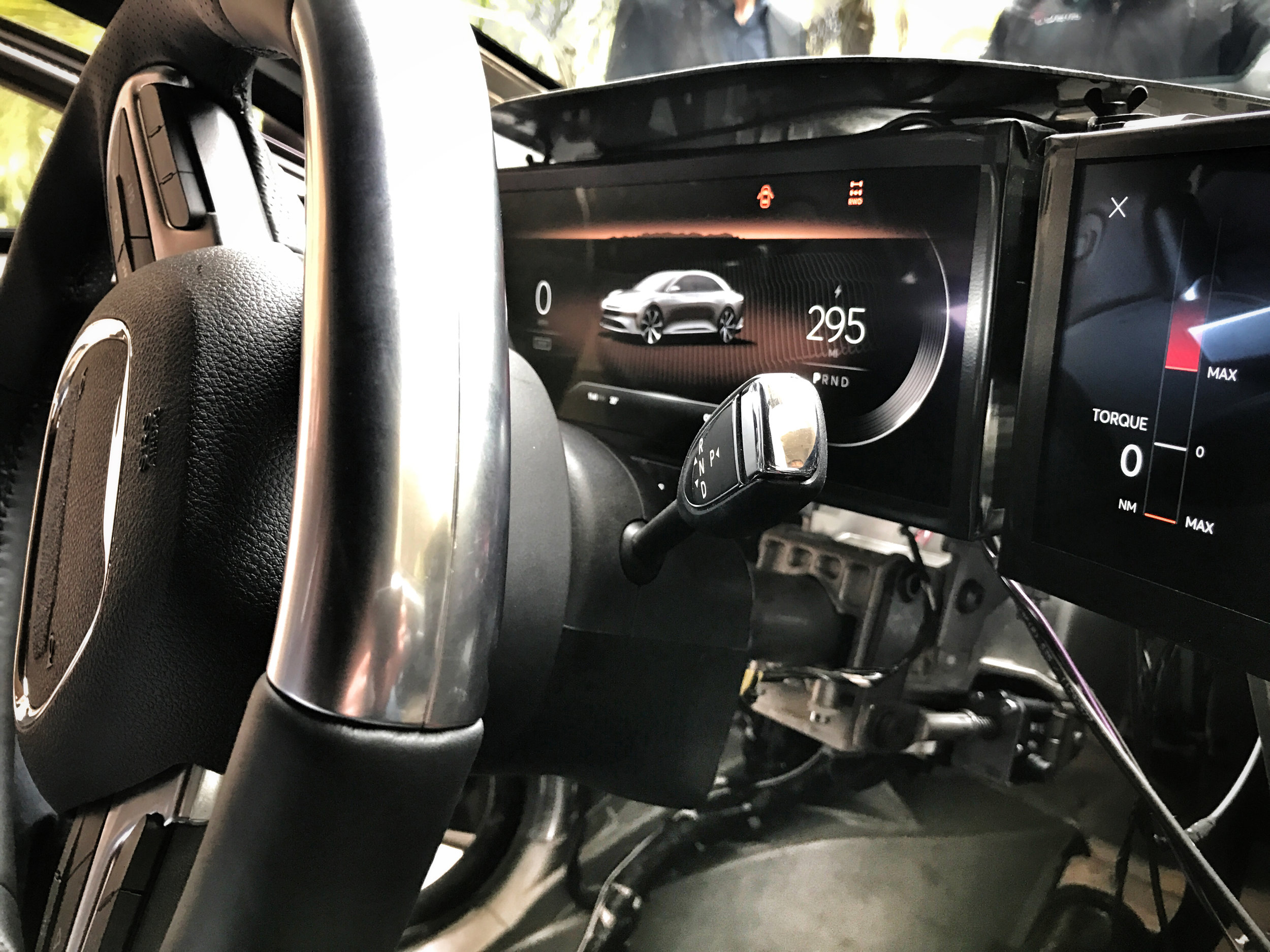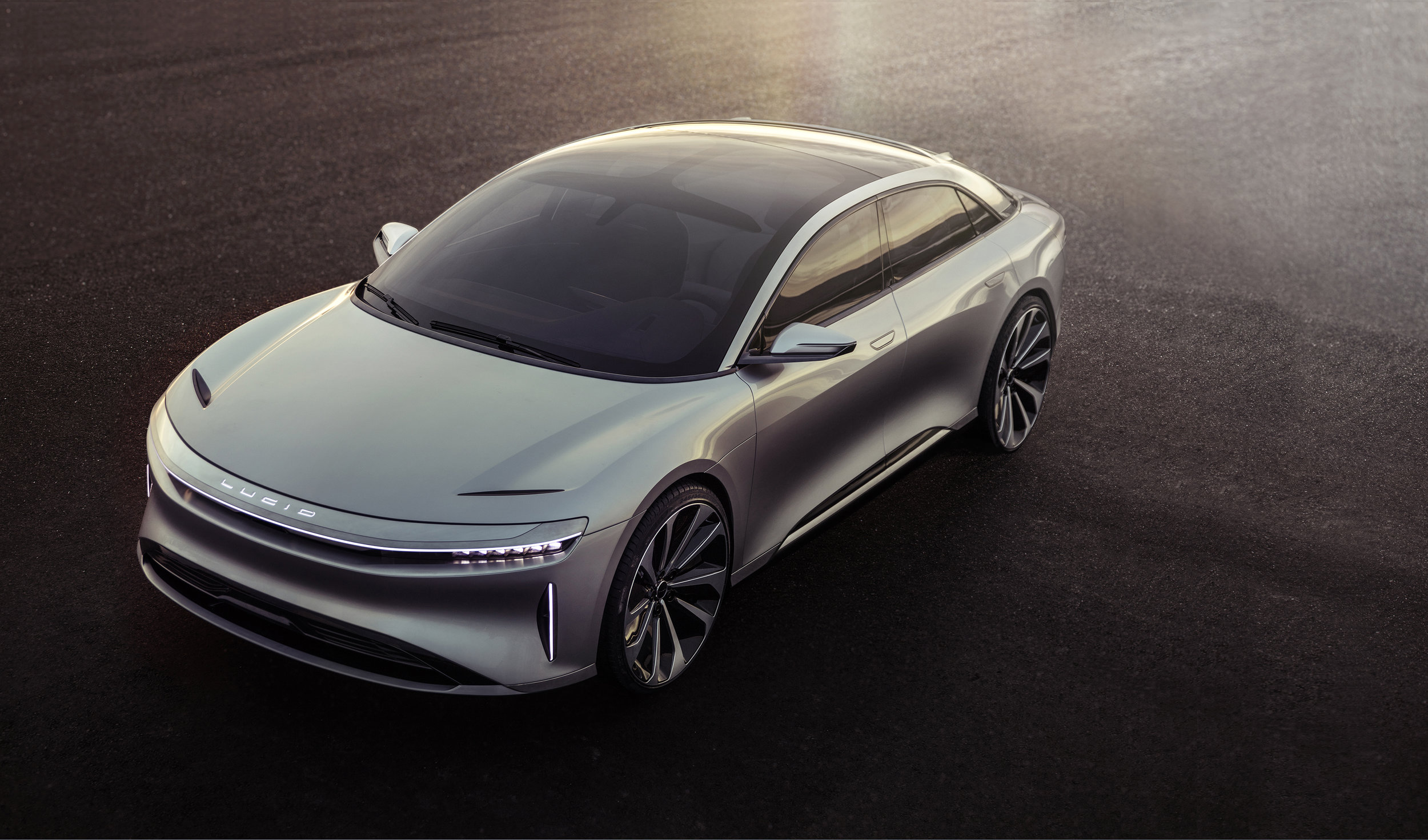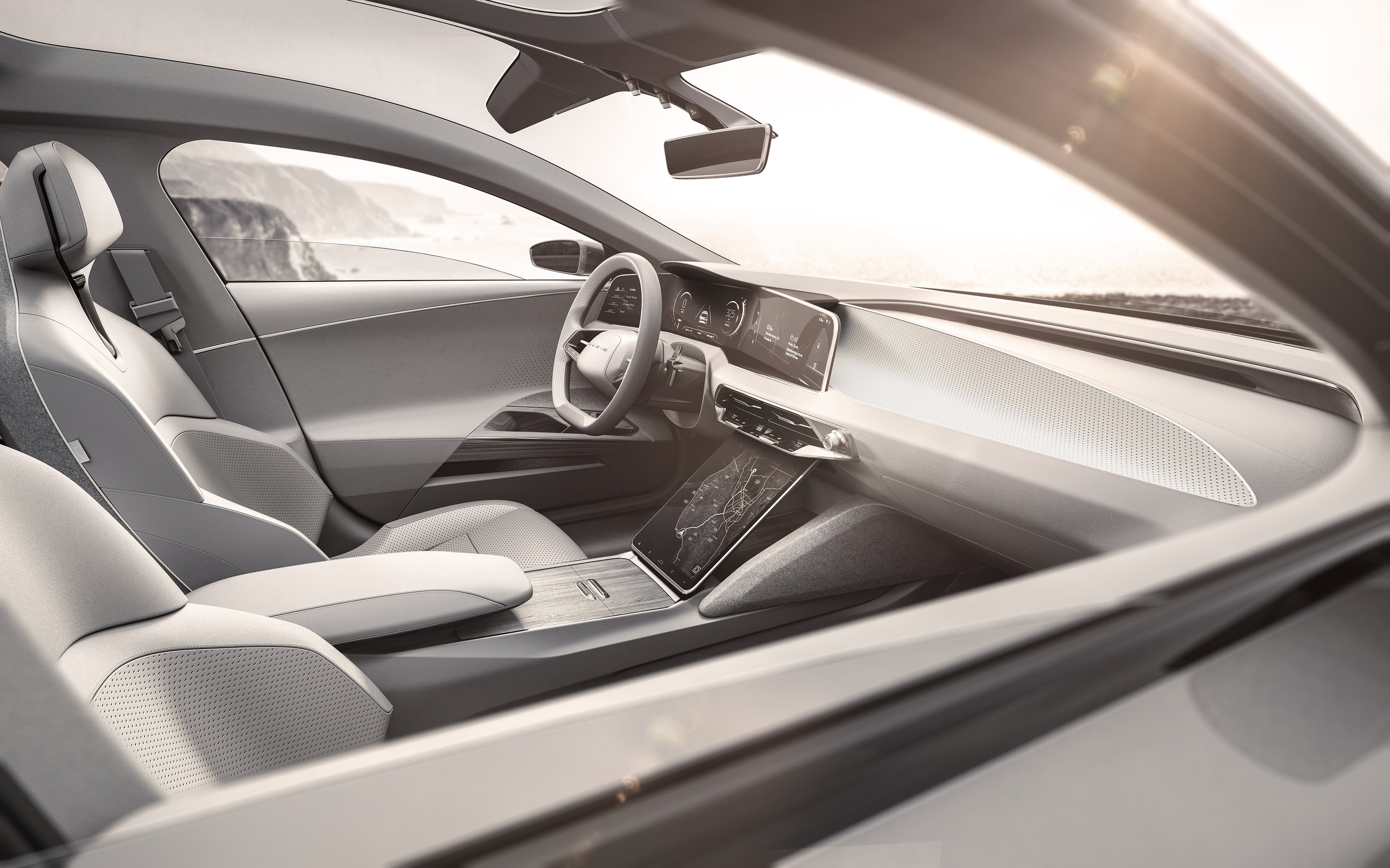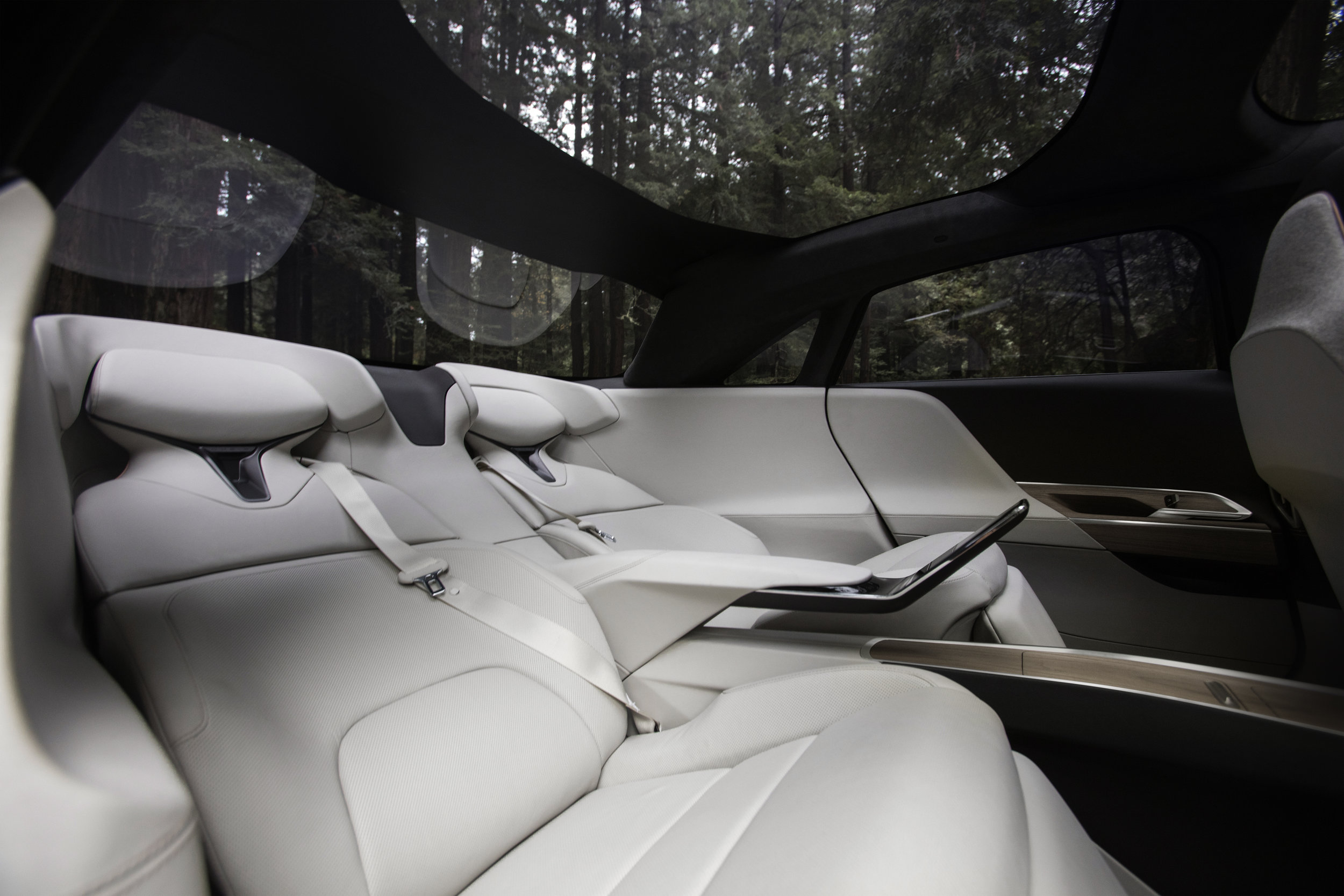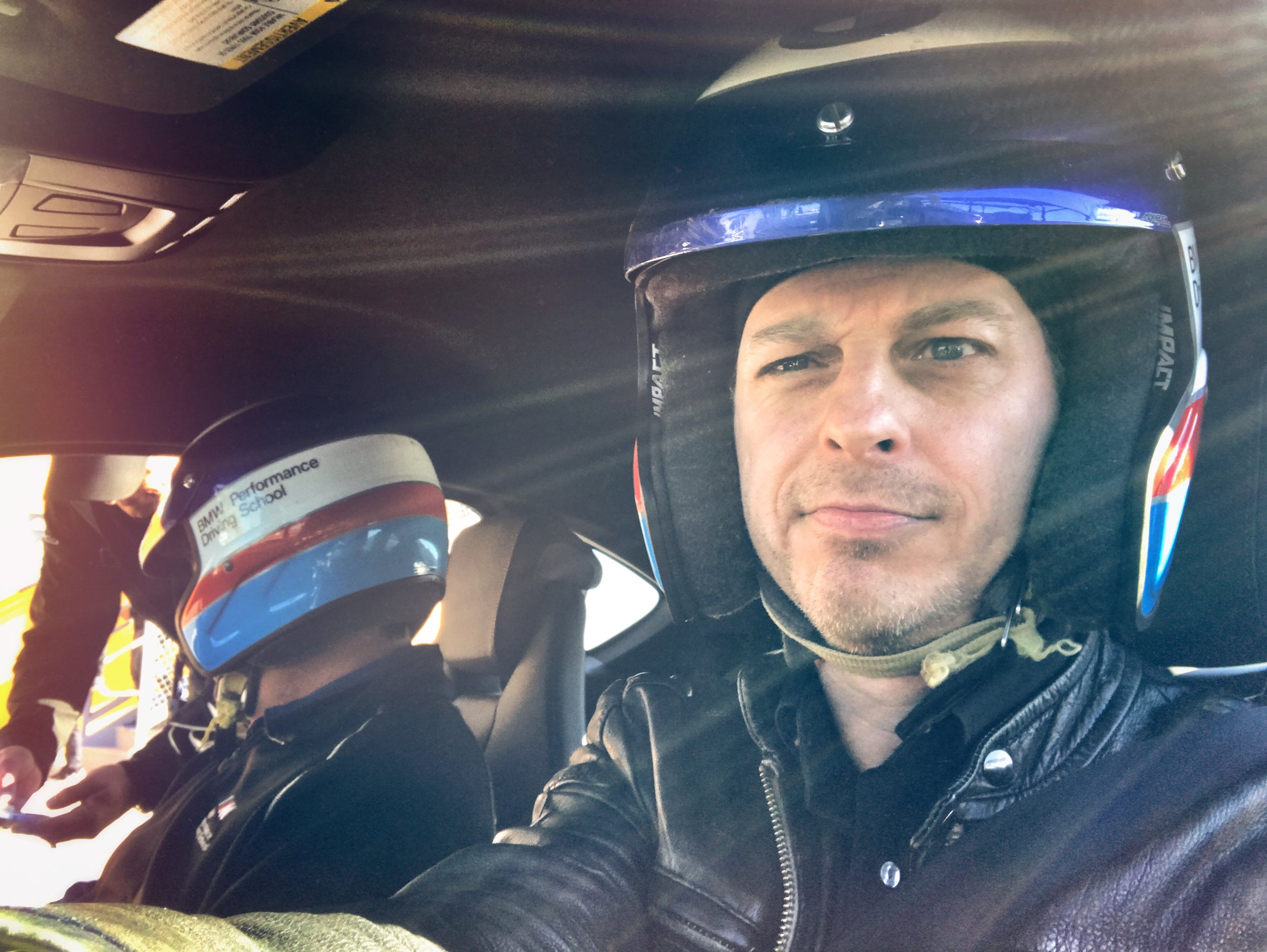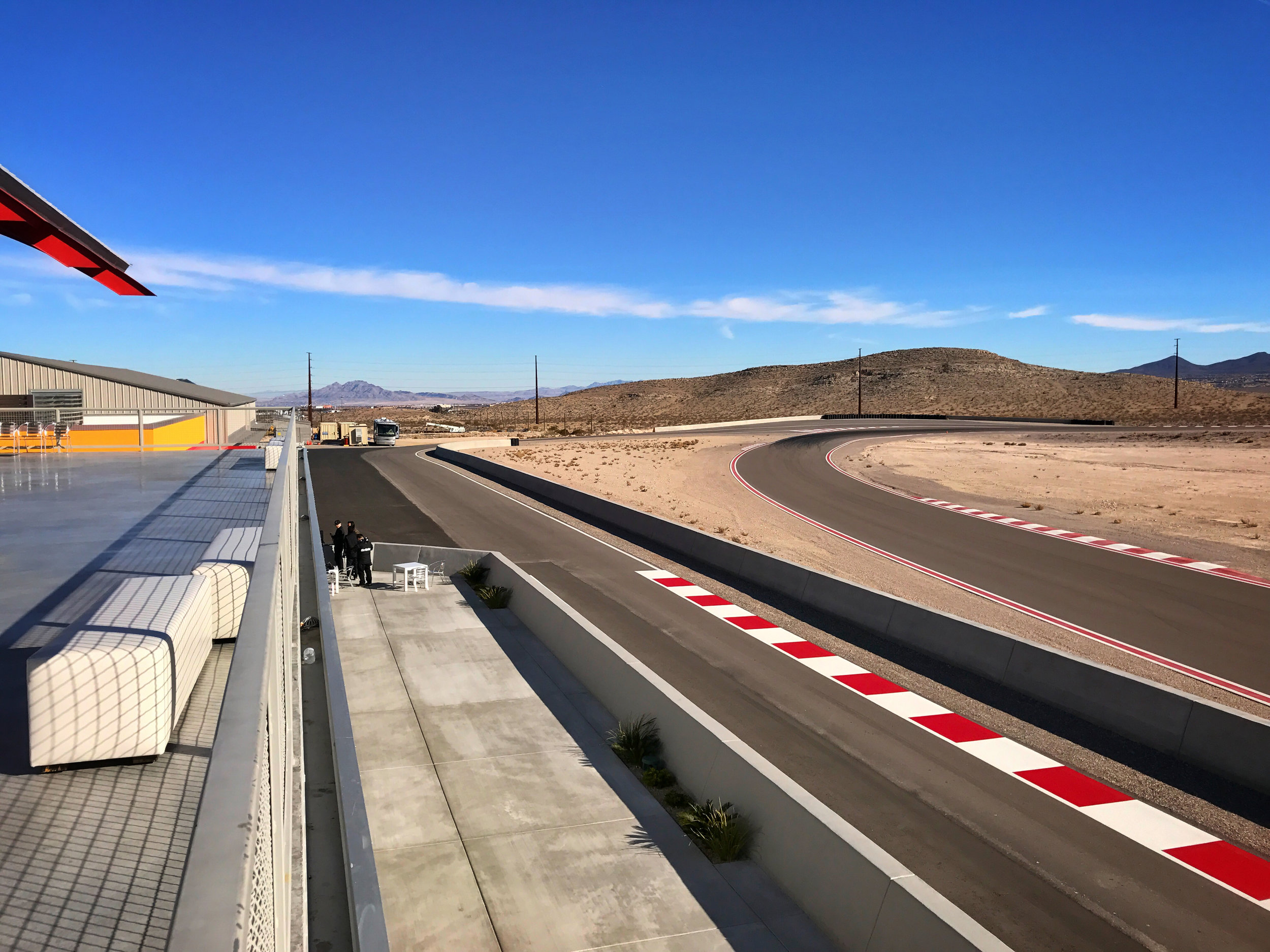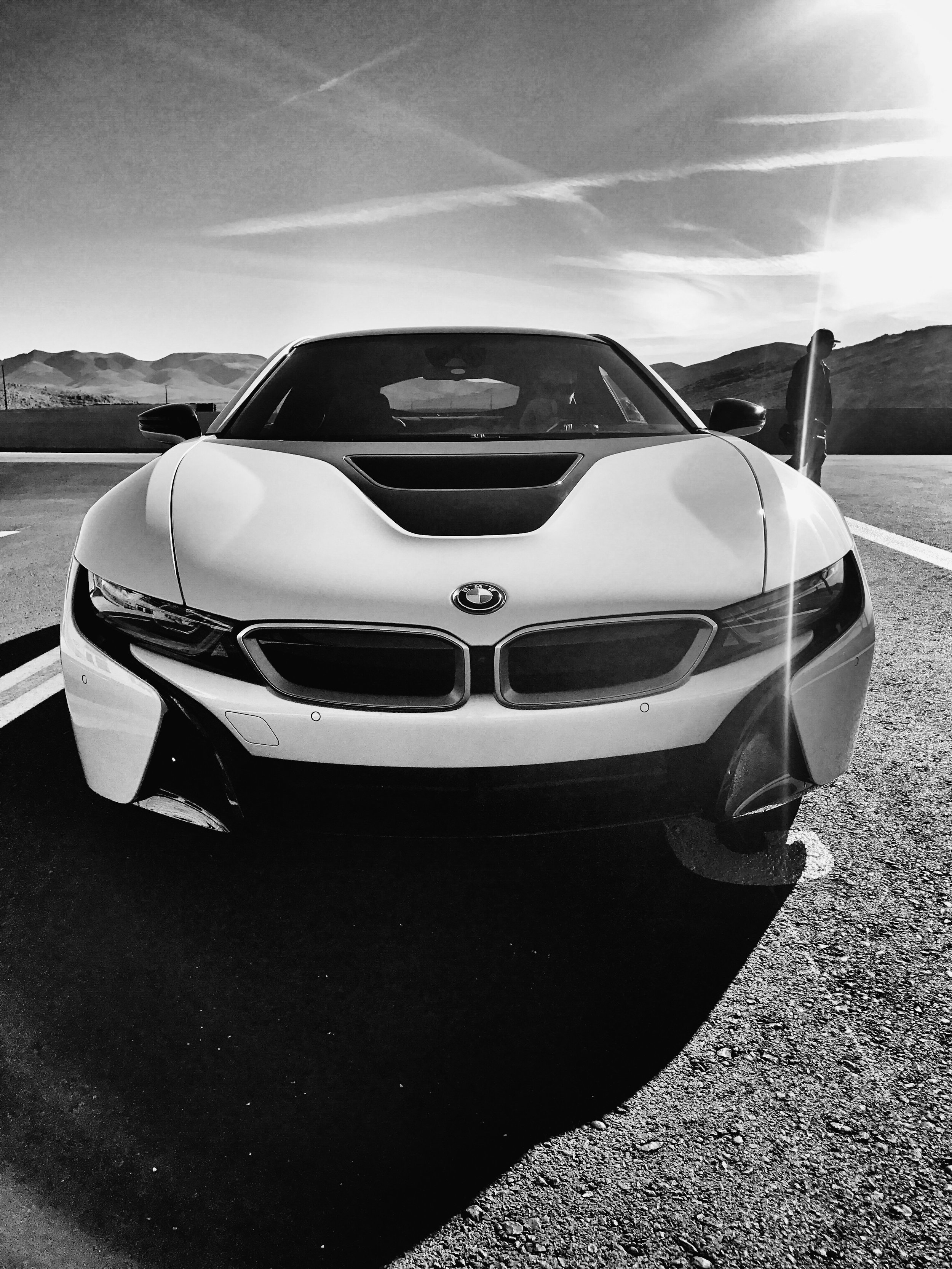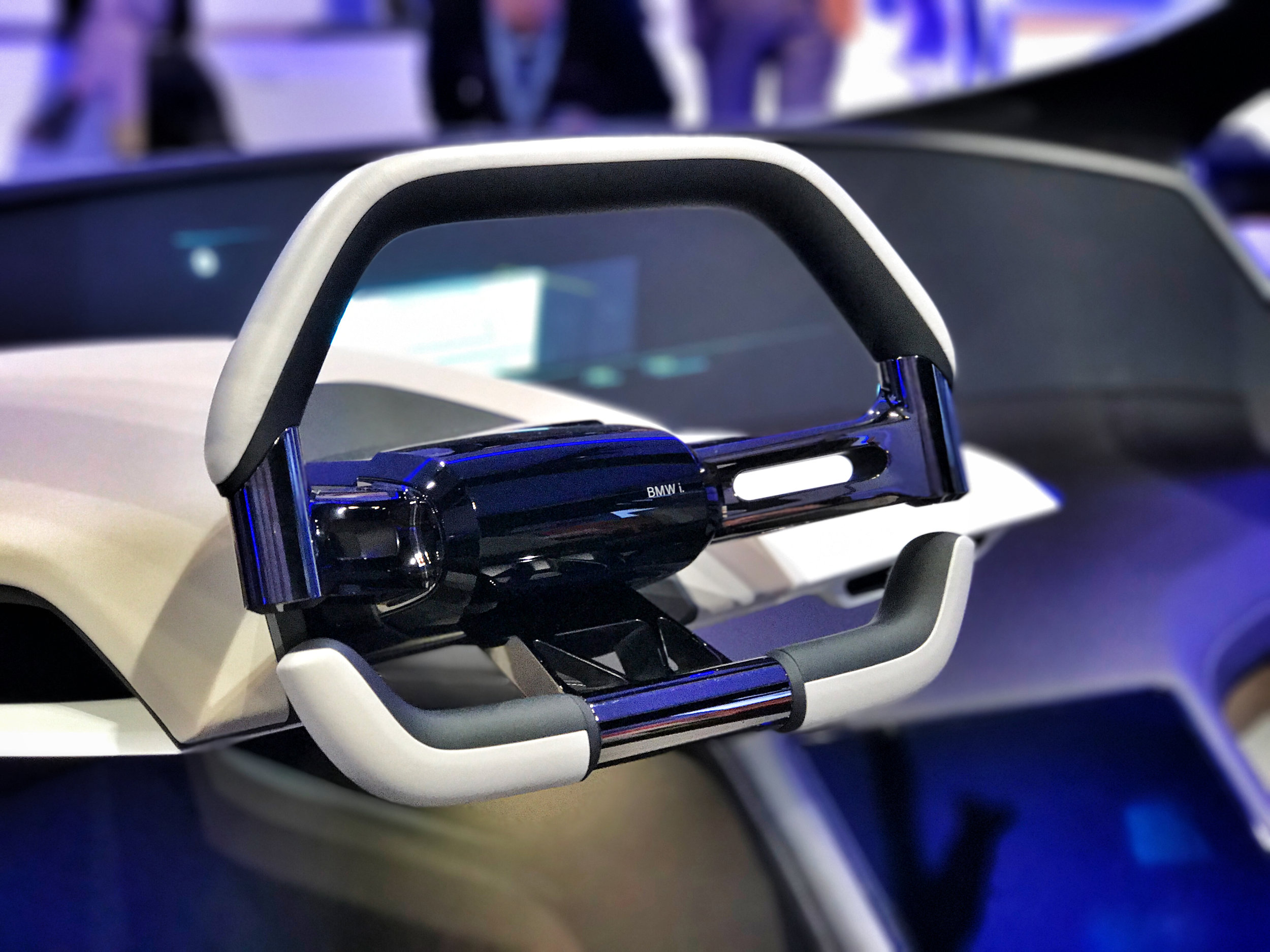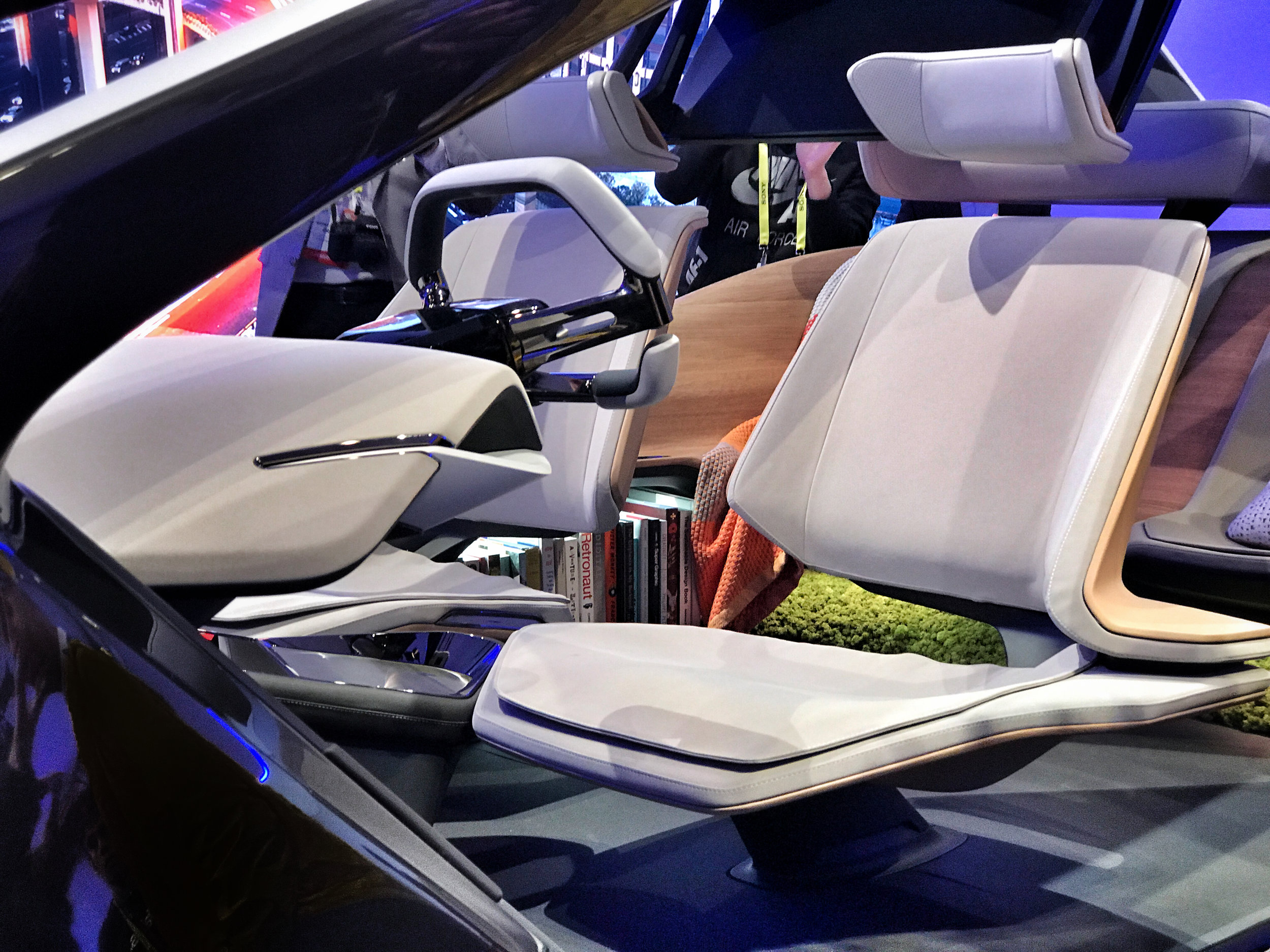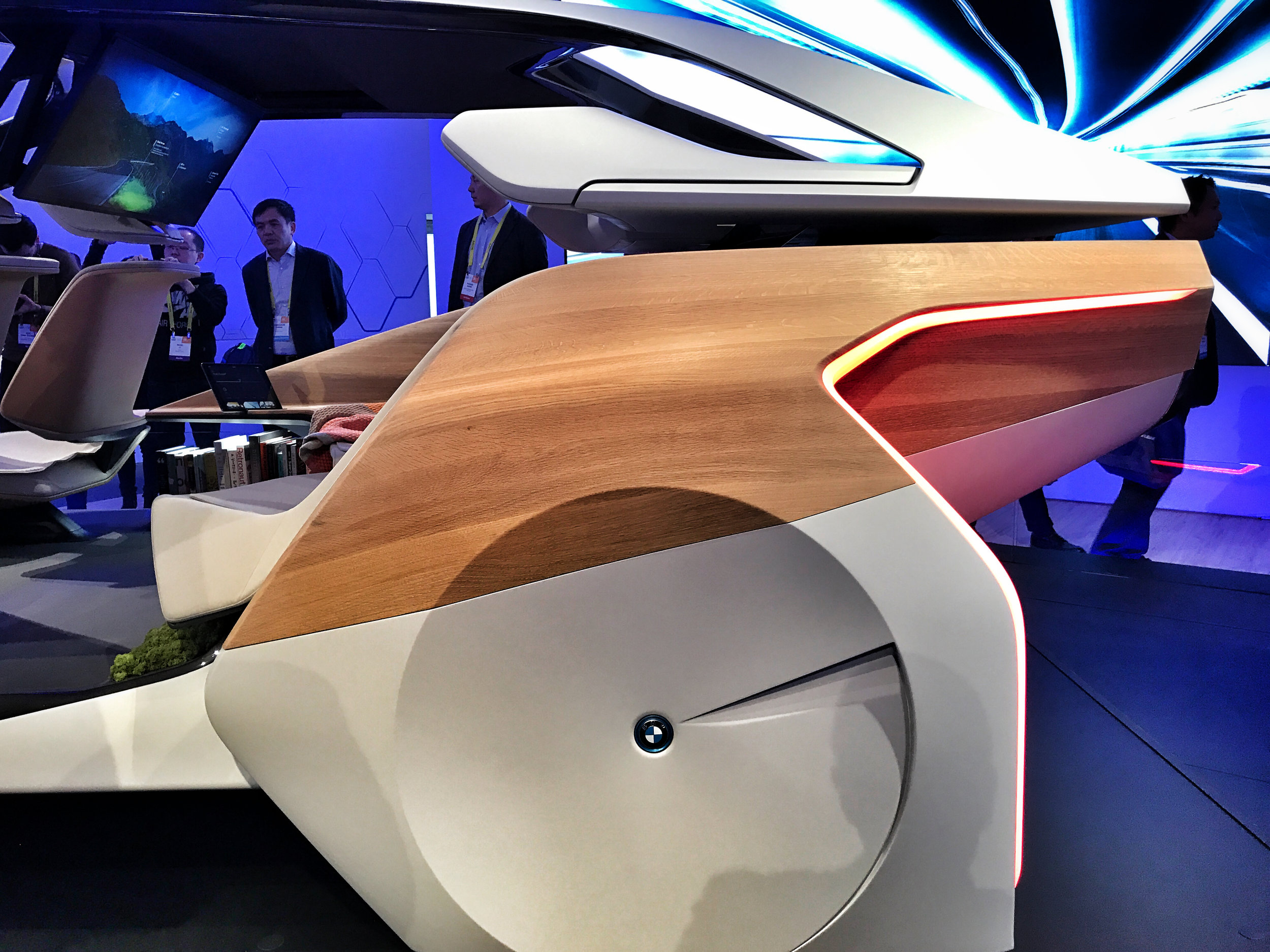The doors of the elevator open and instead of facing inwards towards the security of a welcoming carpeted corridor, they reveal a 30 storey drop on the outside of a gleaming glass structure at the heart of a bustling city. The wind hits you, every hair stands on end and you struggle with a moment of panic, staring into the unknown. Then adrenaline kicks in, your mind races and you take a step forward…
I’ve faced exactly this scenario in virtual reality, although I like to bungee jump and abseil so I didn’t cling to the back of the elevator. However, I’m not describing a utopian or dystopian digital future. Individuals and businesses face this kind of dilemma every day but most choose to stay where they are, or even step backwards rather than commit to change and champion progress.
There’s nothing wrong with appreciating what you have or taking inspiration from what you had, but to truly innovate you need to push boundaries and look to the future.
And that’s what I’ve been doing for 34 years.
Boundary-pushing isn’t always welcomed, but my brand of change has never failed to deliver results. From my earliest business interests (at the age of 13), starting a magazine and software label, through a career as a graphic designer, to the combination of design, technology and innovation over the last decade.
I’ve told heads of global automotive brands to integrate reclining seats for sex in autonomous vehicles. I’ve given VR advice on Capitol Hill at the heart of US Government. I have demonstrated emerging technology to NATO, told Apple where to focus on Wearable Tech, Publishing and AR and continue to test products, services and theories to destruction – or survival.
In 2009, I successfully predicted the existence of Apple’s iPad and helped deliver the first app on day one to expand opportunities for the Publishing industry. I designed, produced and wrote one of Apple’s first interactive iBooks (Design top 20 for 6+ years). I followed this with deeper focus on Wearable Technology, resulting in an automative app title alongside the launch of the Apple Watch.
But what happens when the technology we’re faced with doesn’t go far enough, or the messages from or about an industry just aren’t going anywhere? You push and you deliver your own results. Nowhere is that better illustrated than in my 48 hours in Virtual Reality where I tested full body interaction driving a go-kart and strapped to the top wing of a bi-plane, fell asleep and woke up in VR to test mental awareness and had a tattoo whilst wearing a headset to prove the benefits of virtual distraction to mitigate pain.
I didn’t set out to write an ‘Isn’t Dean Innovative’ list, but I’ve found myself personally pushing these boundaries for decades rather than simply quoting other people’s experiences – or accepting “no” for an answer. As I said in my TEDx Athens talk...
“I’d rather apologise for something awesome, than ask permission for something lame”
…which is why I’m excited to announce that I am now taking those 34 years of valuable experience to the rest of the world as a Design, Technology and Innovation Consultant. I’ll be continuing to develop my XR Immersion Suit to push boundaries in ALL the realities, bring these to life on global corporate and public stages and help others to push their own boundaries.
I also plan to write a book about the future of Automotive and Mobility – but I can’t offer you everything in one article.
So let’s step back into that elevator again. Don’t worry, I won’t make you jump off the building this time, but forget about Dave in accounts, or that Board meeting on floor 27, or the canteen at your designated lunch hour. Press a number you’ve never pressed before and begin a voyage of discovery. It might only be the mail room, but you could find yourself on the Holodeck or in a chamber full of cryogenically frozen world leaders.
But you won’t know if you don’t try. It’s why I'm not afraid to tell it like it is, how it’s going to be, and how to design the future.
I am, and always will be, a rebel with a cause.



